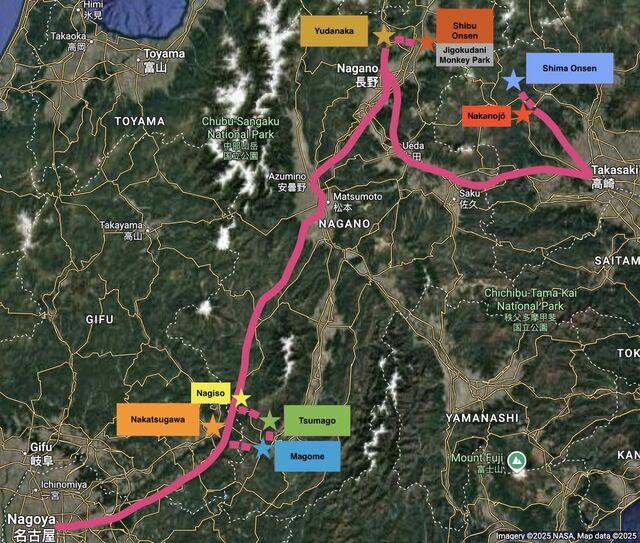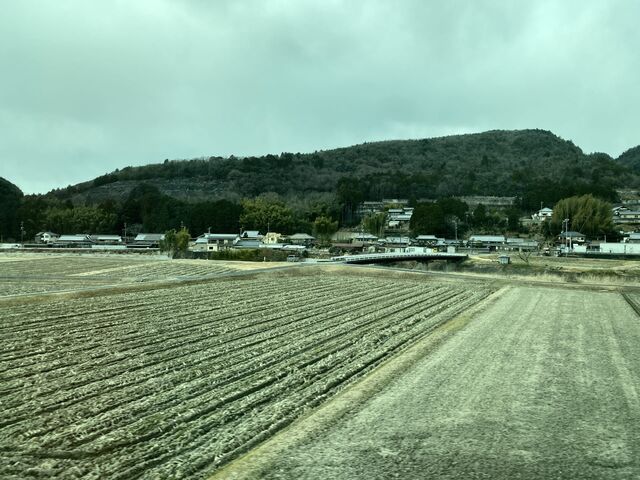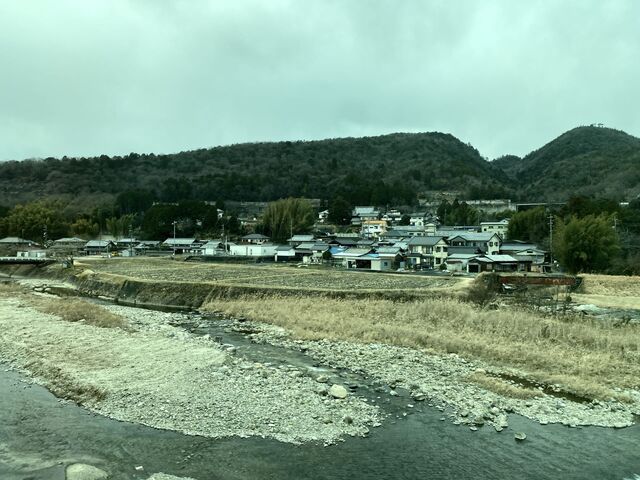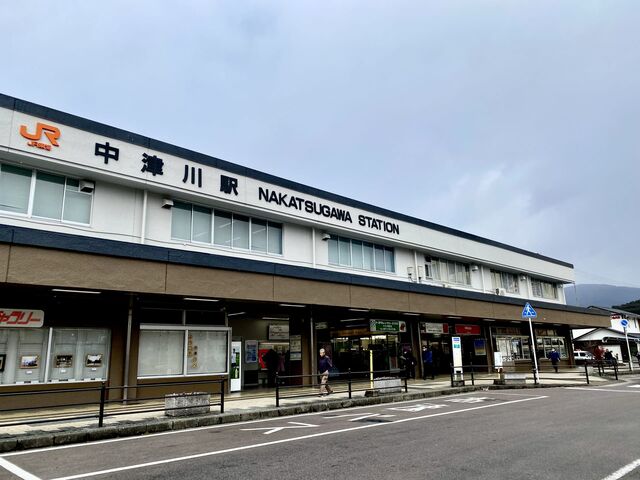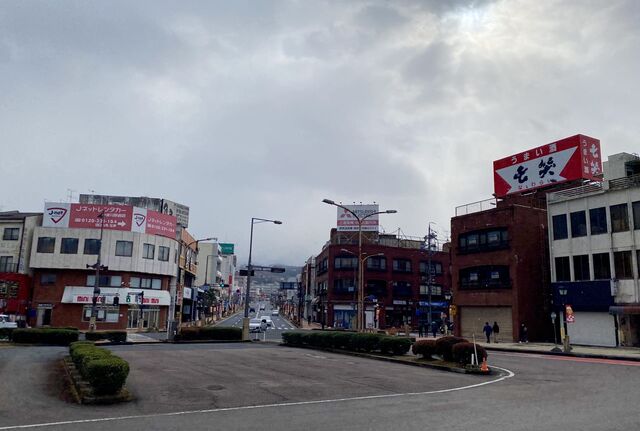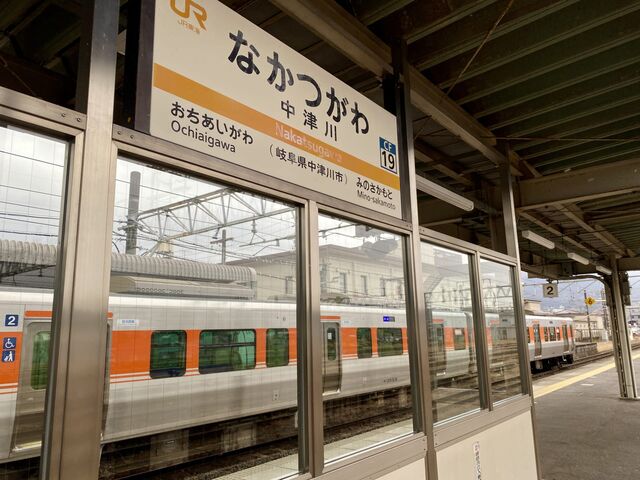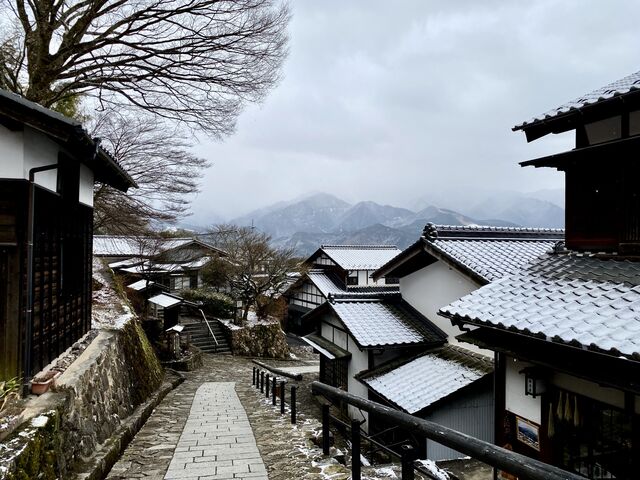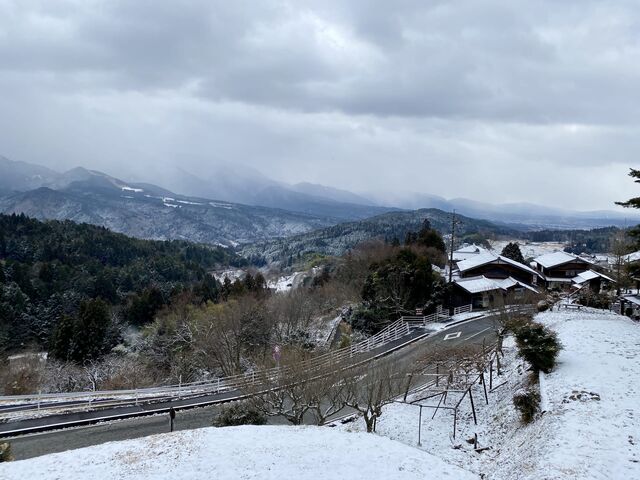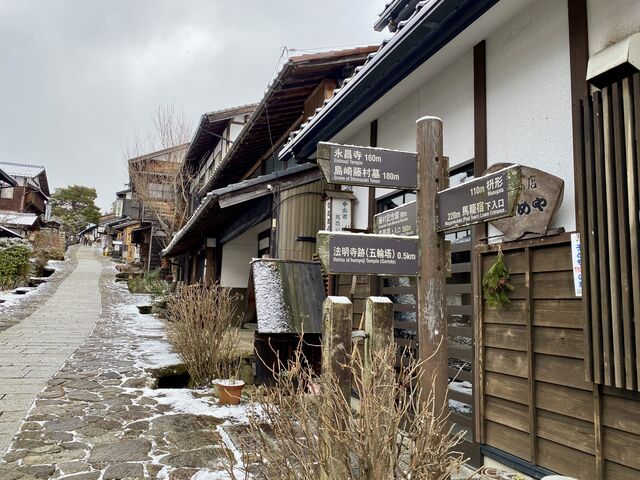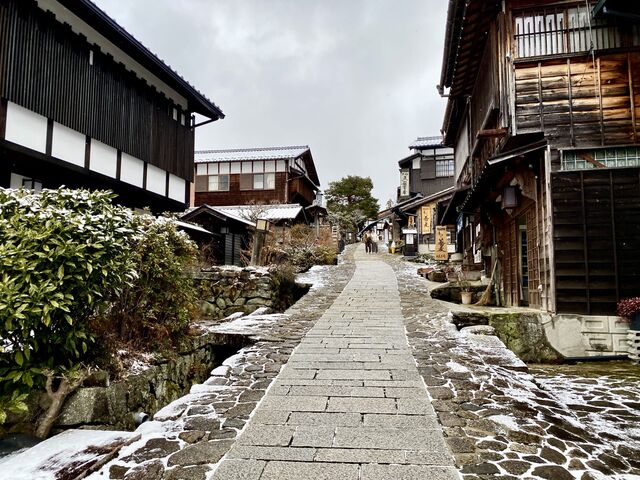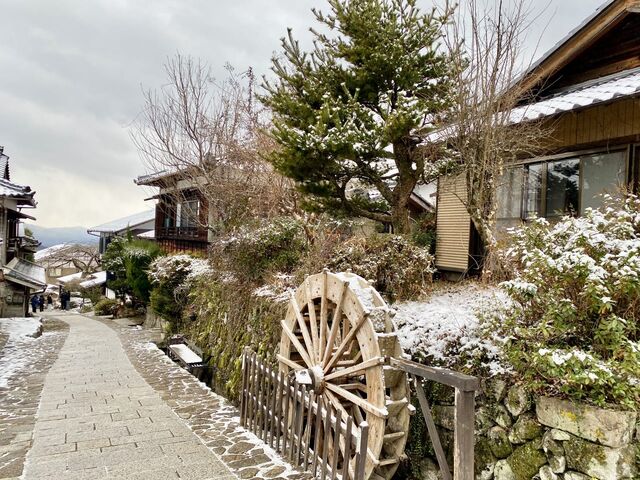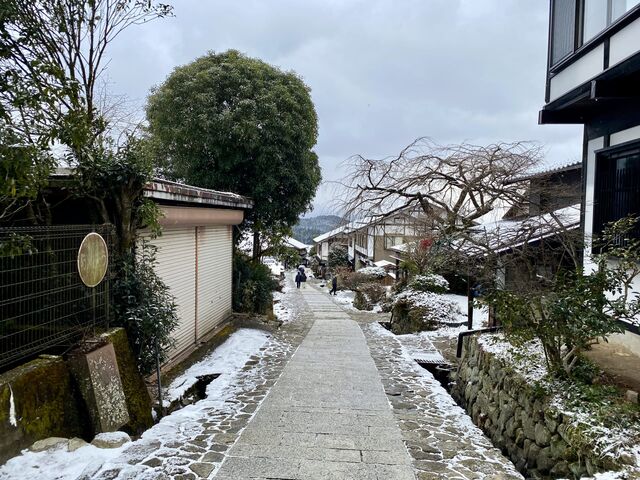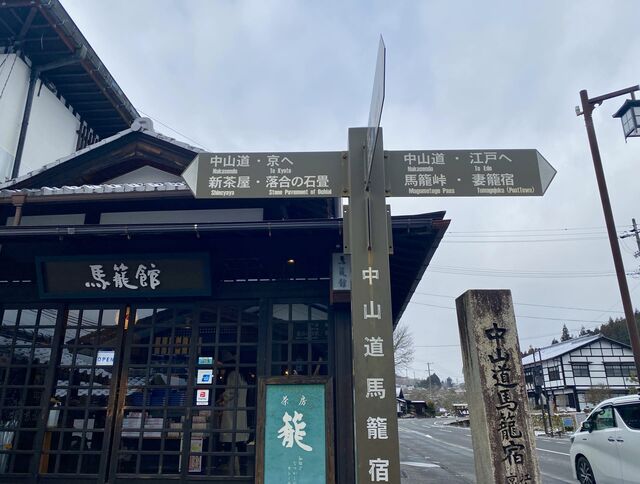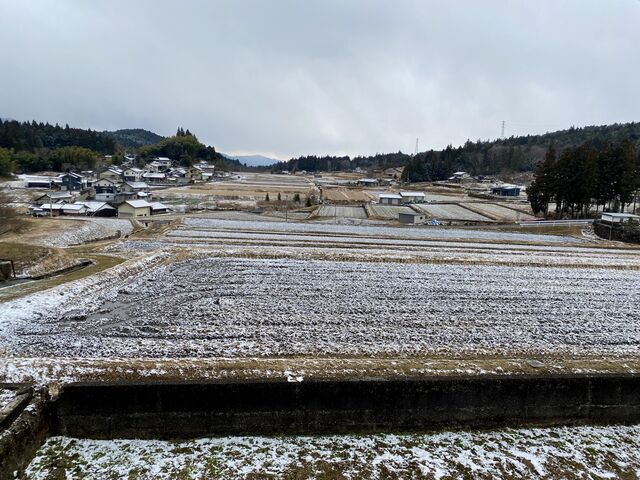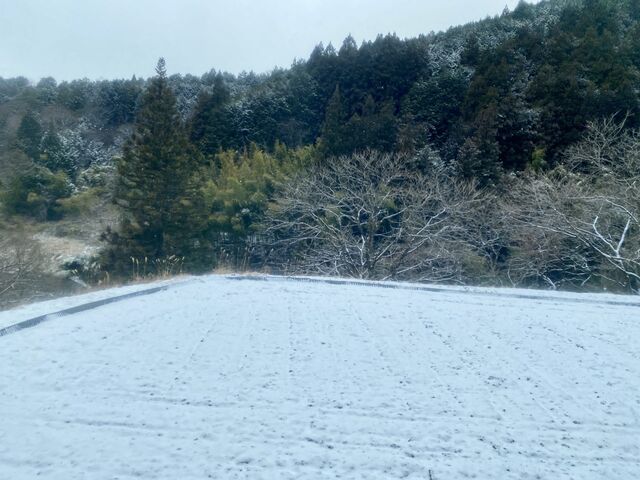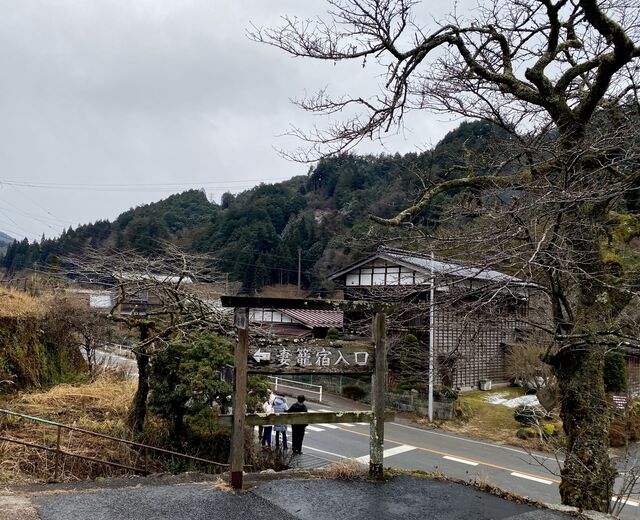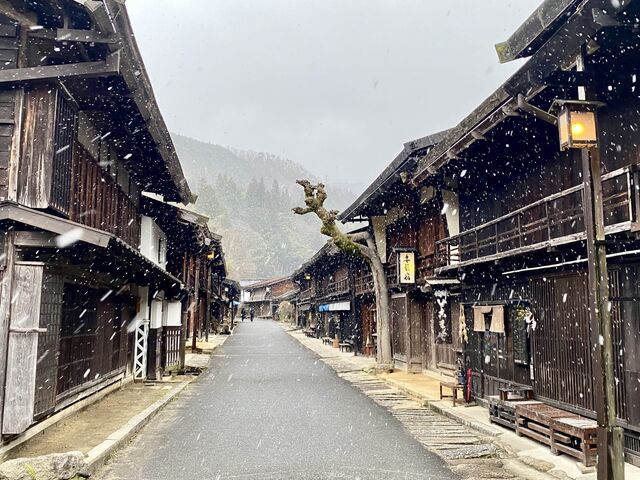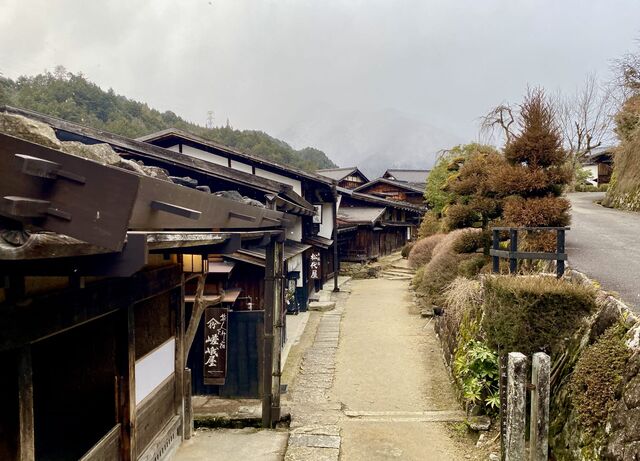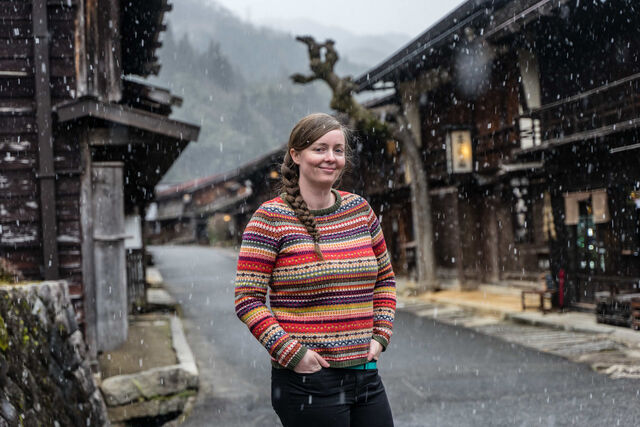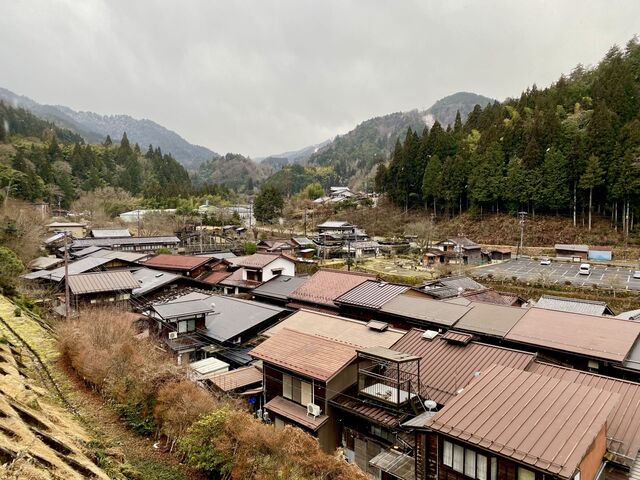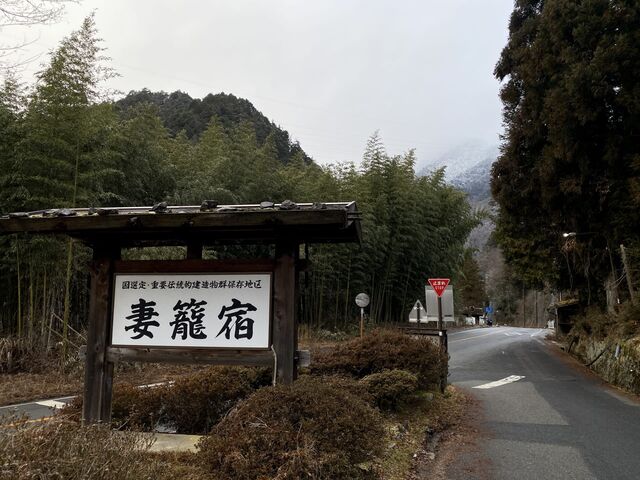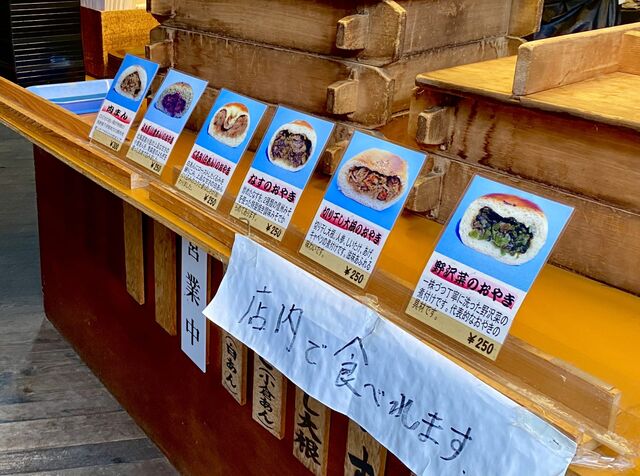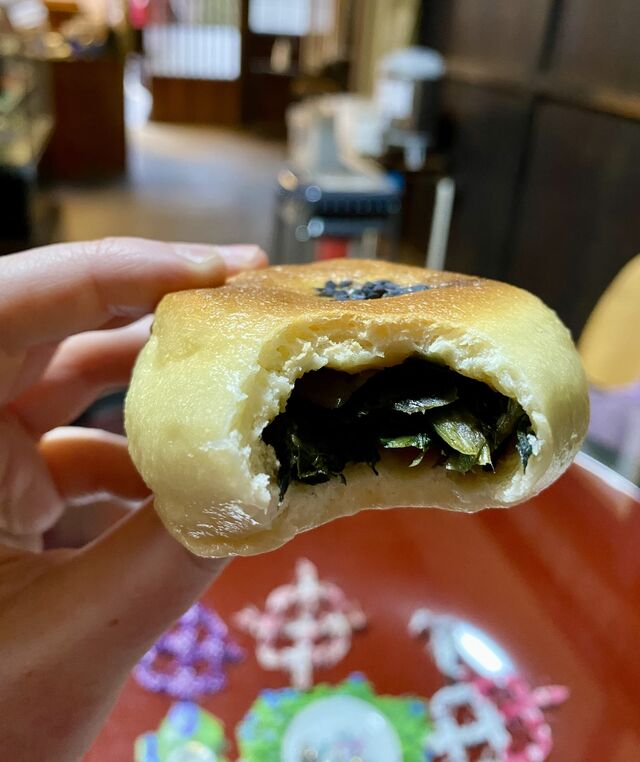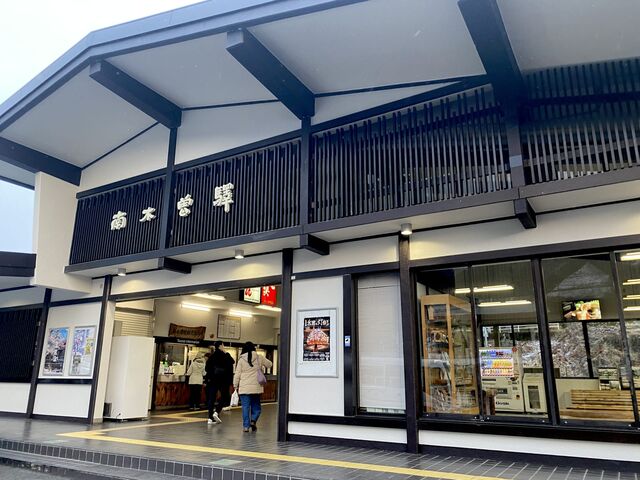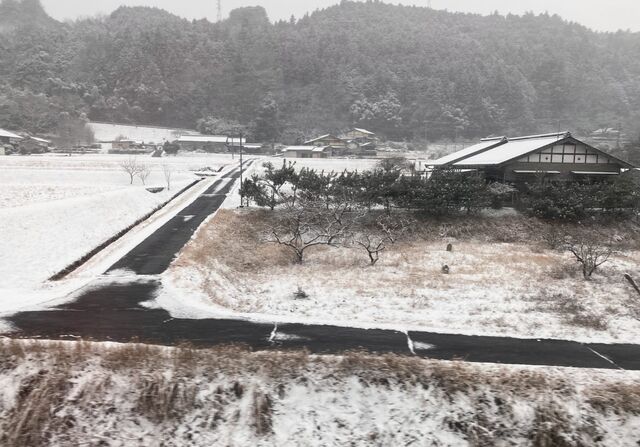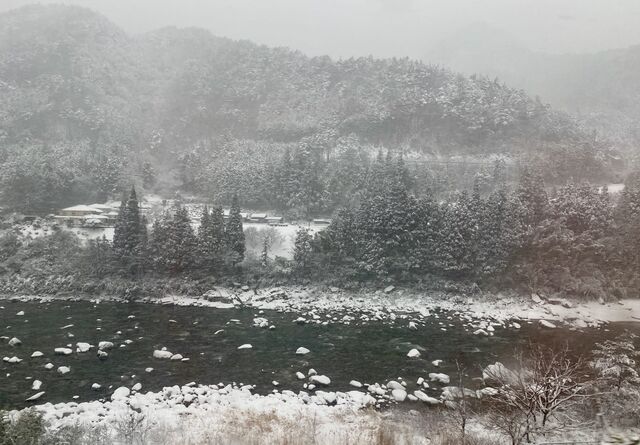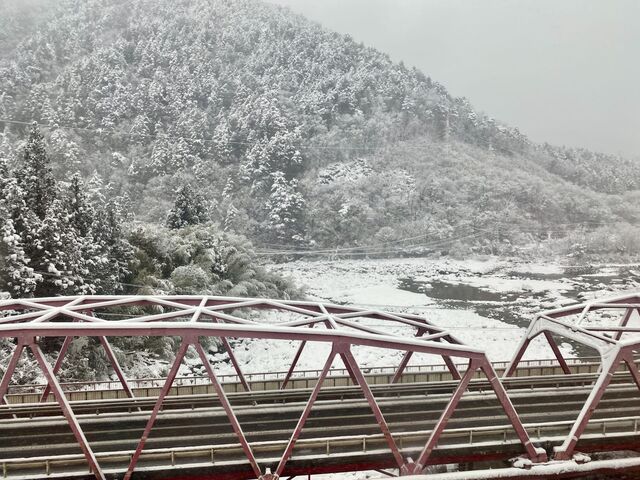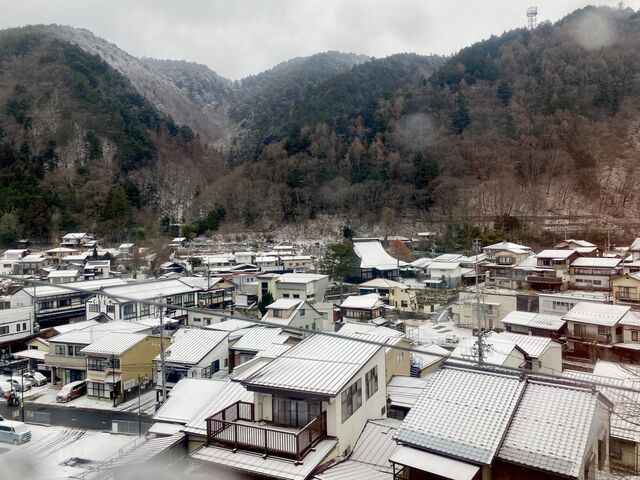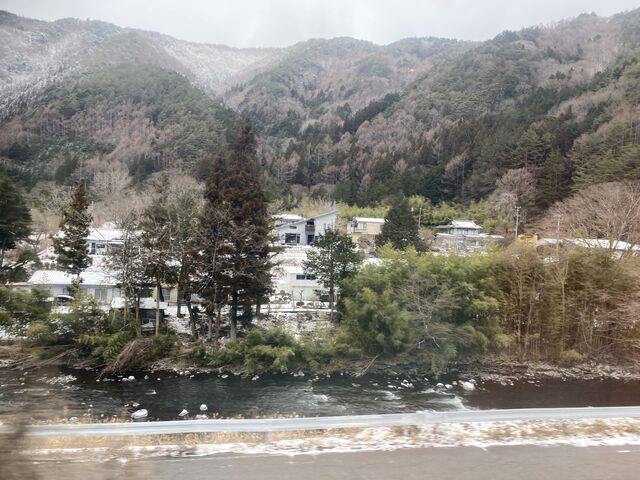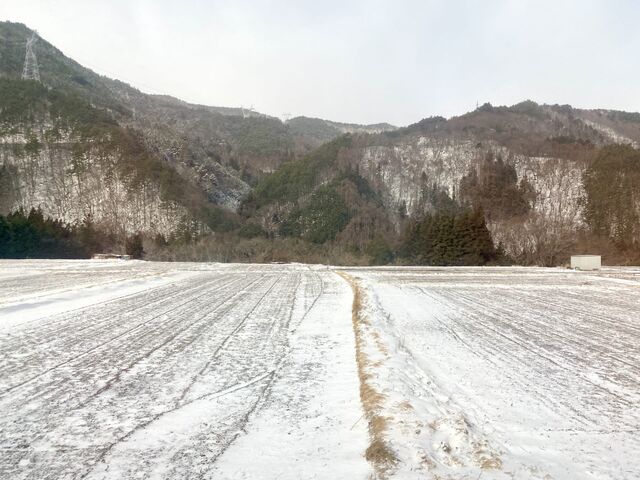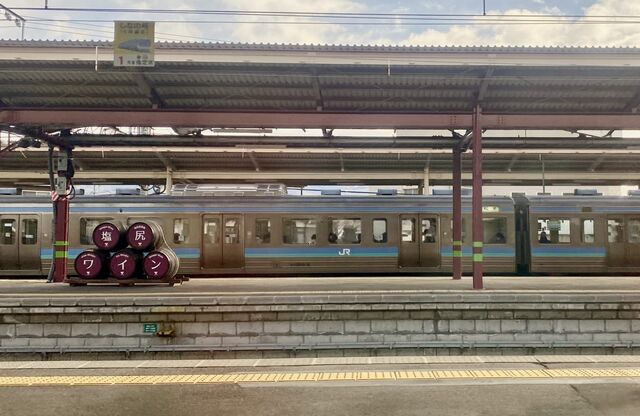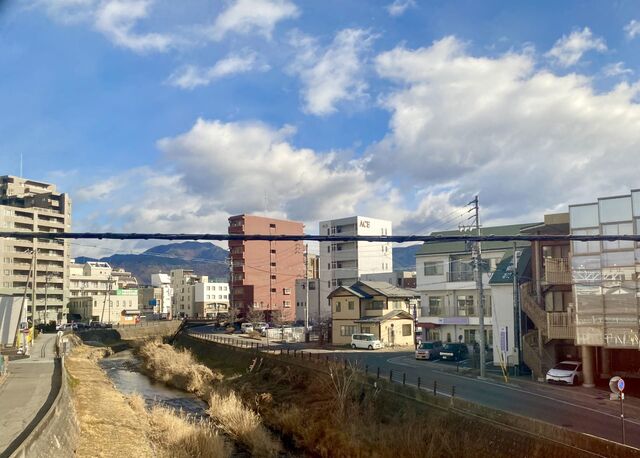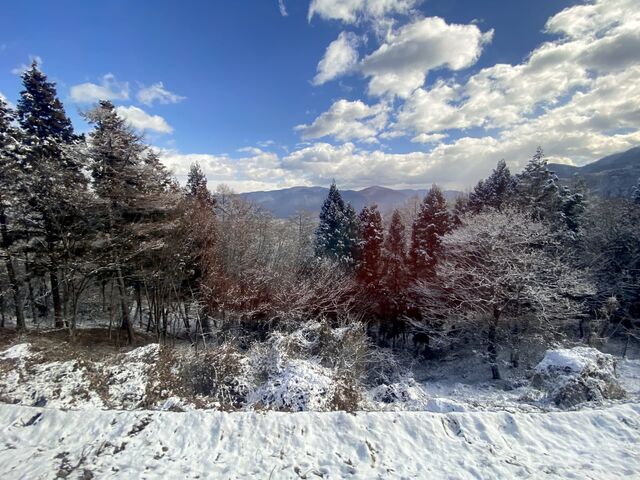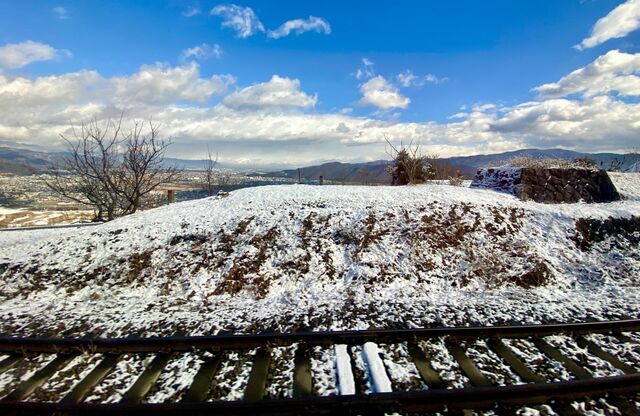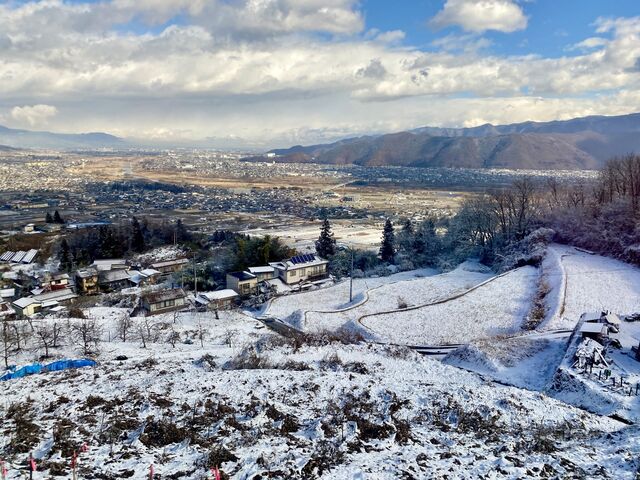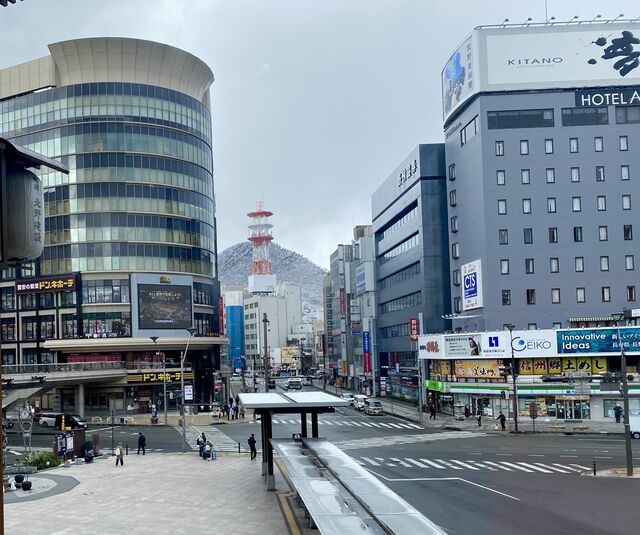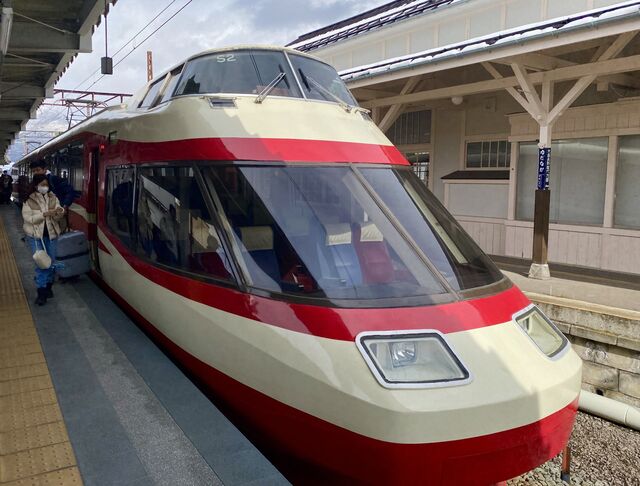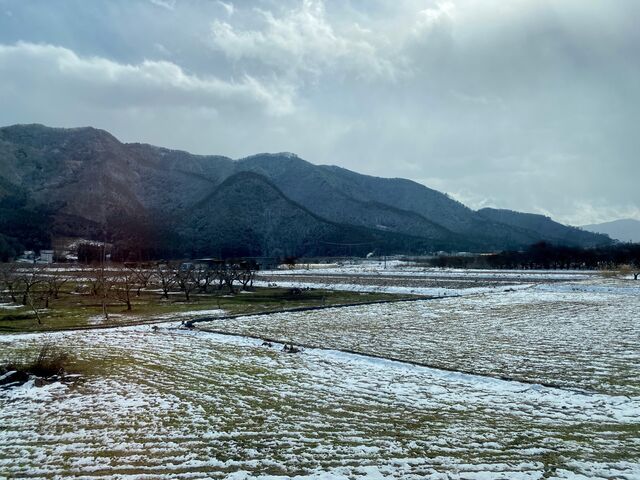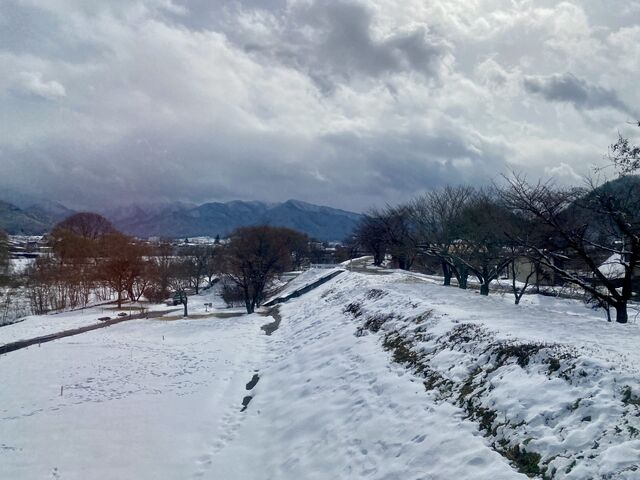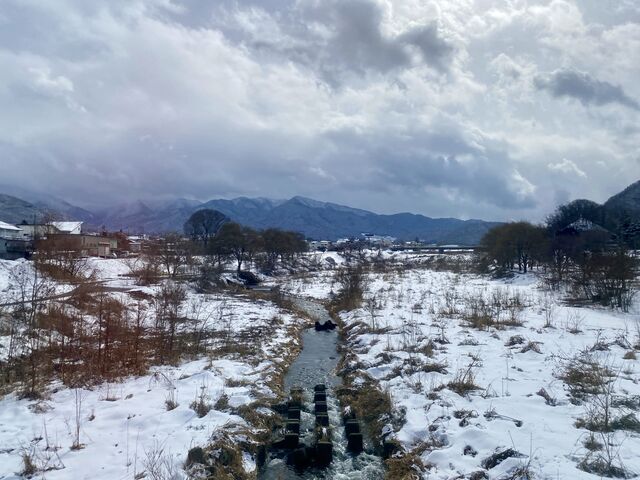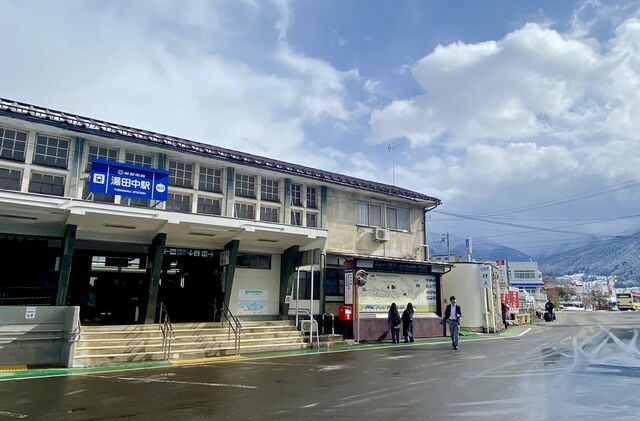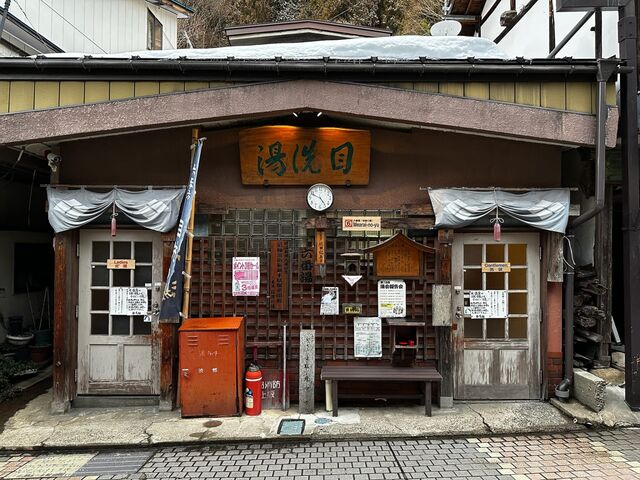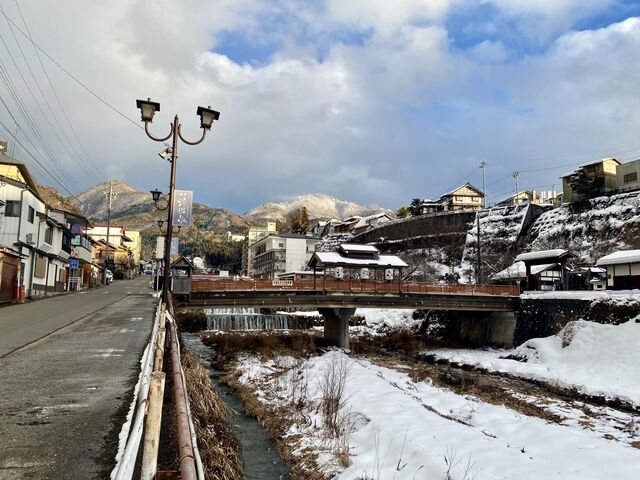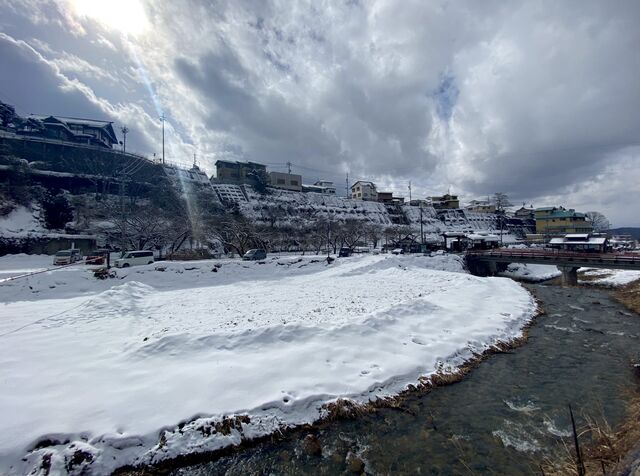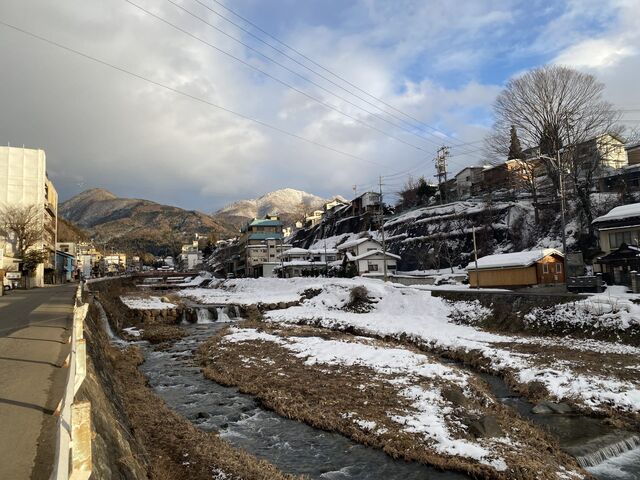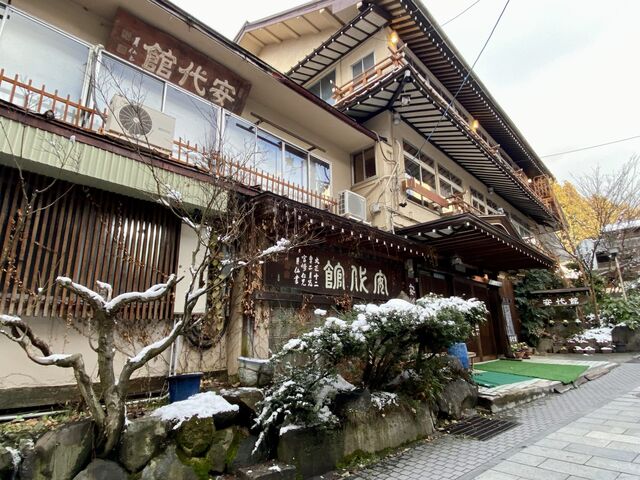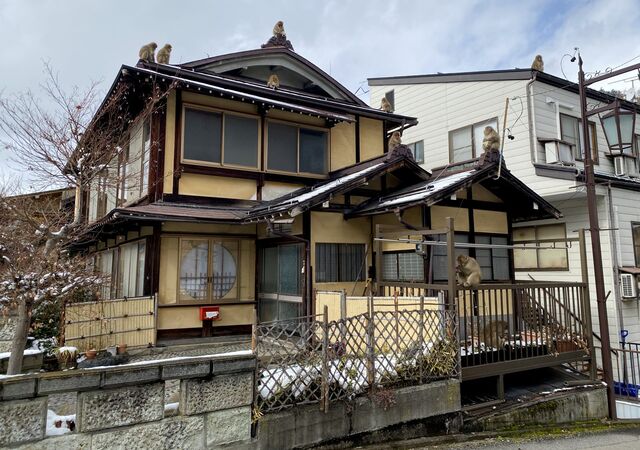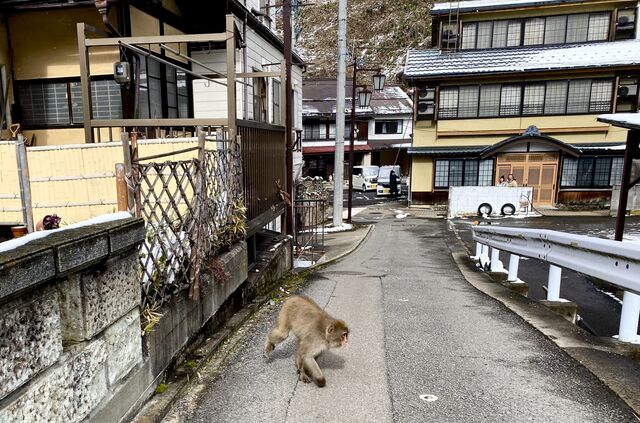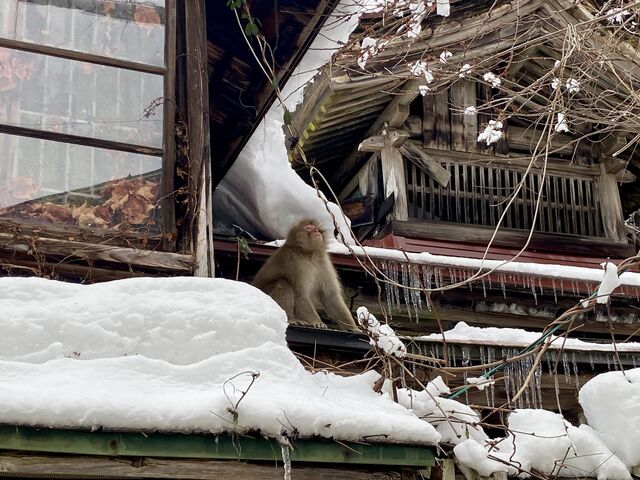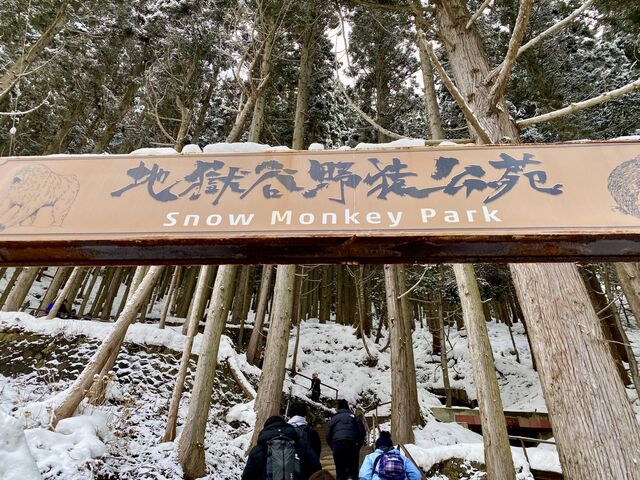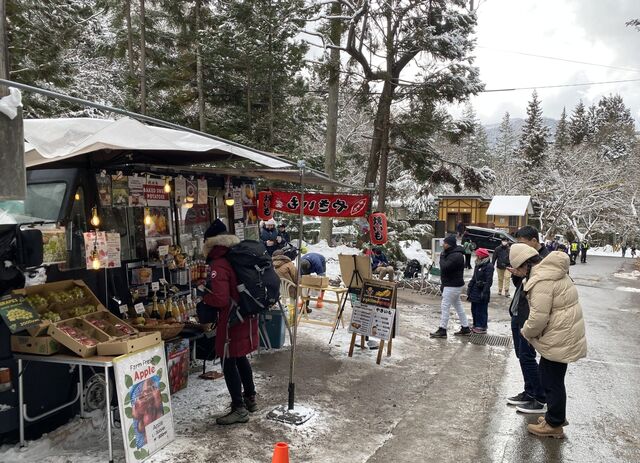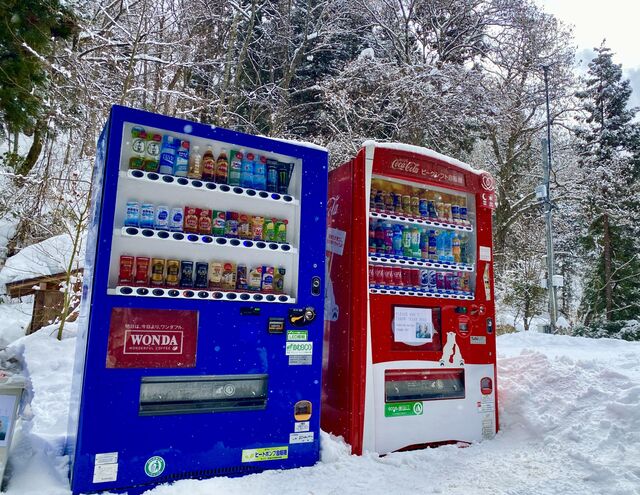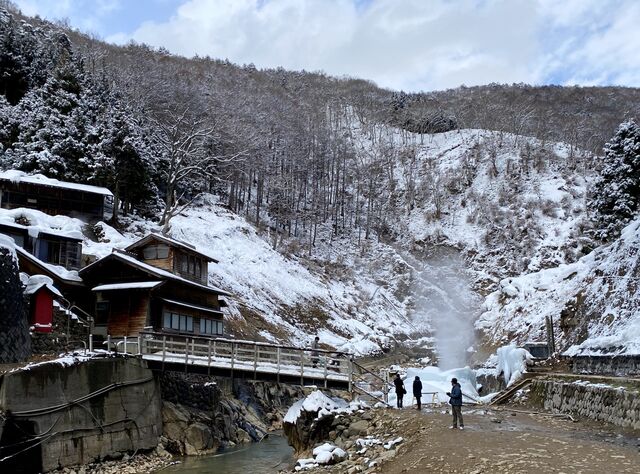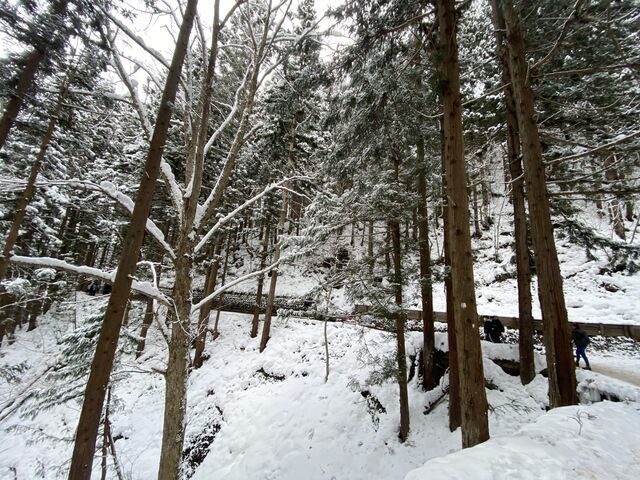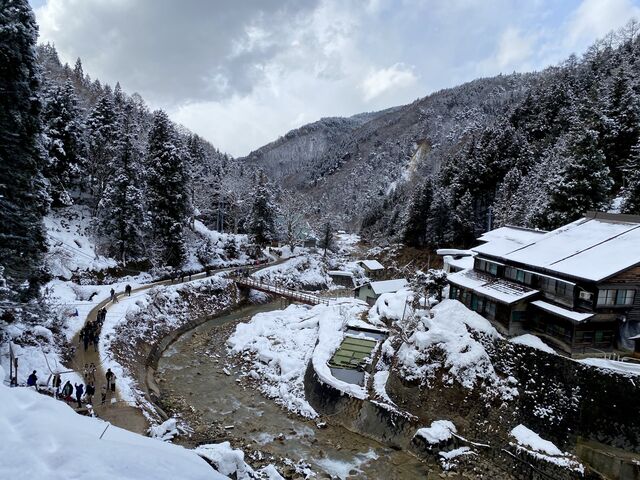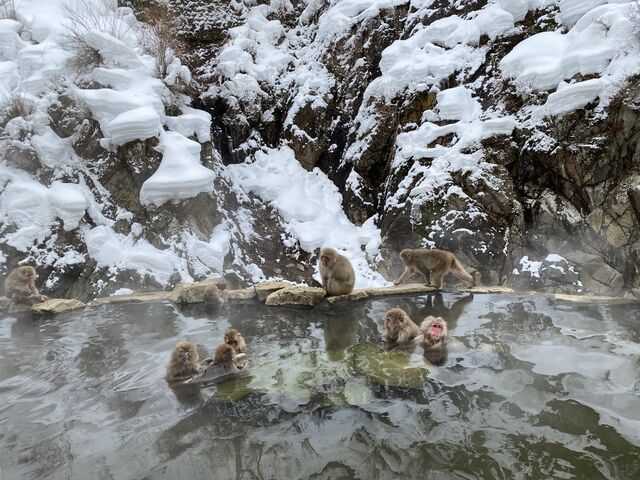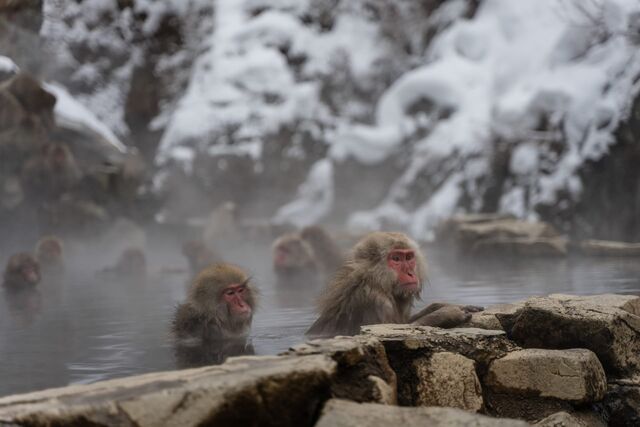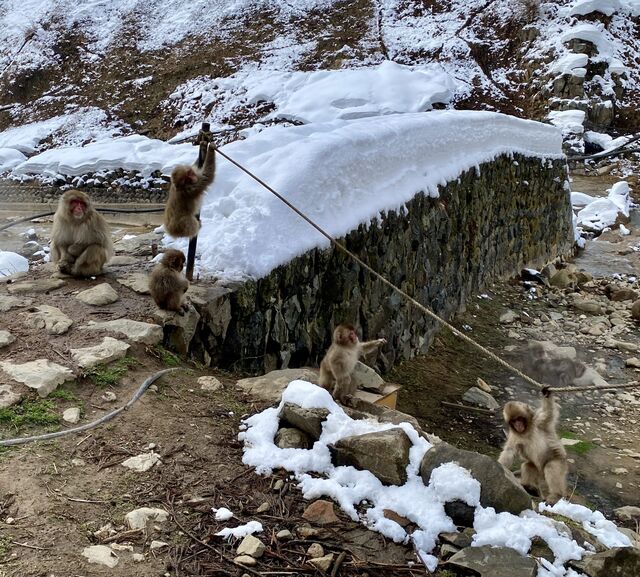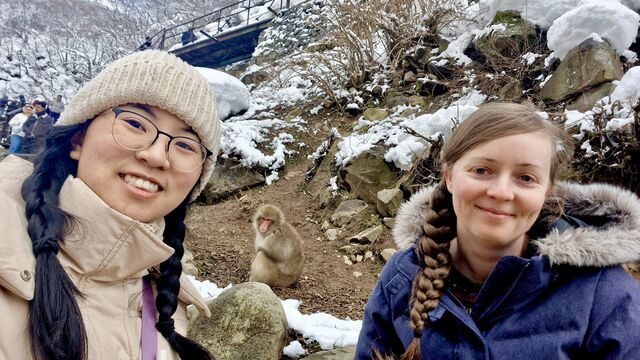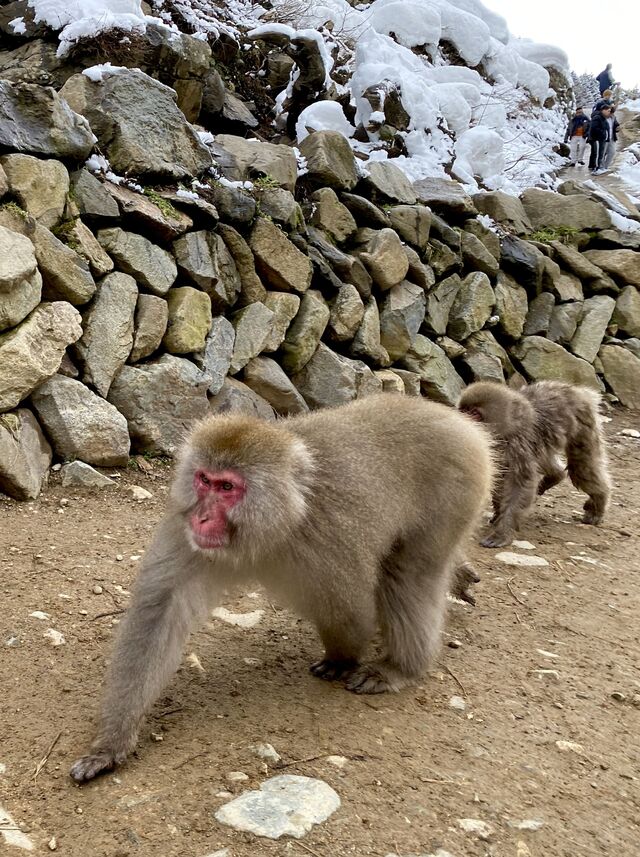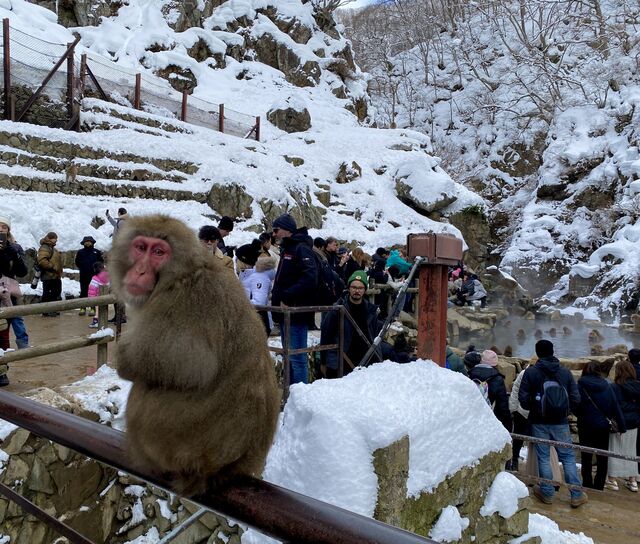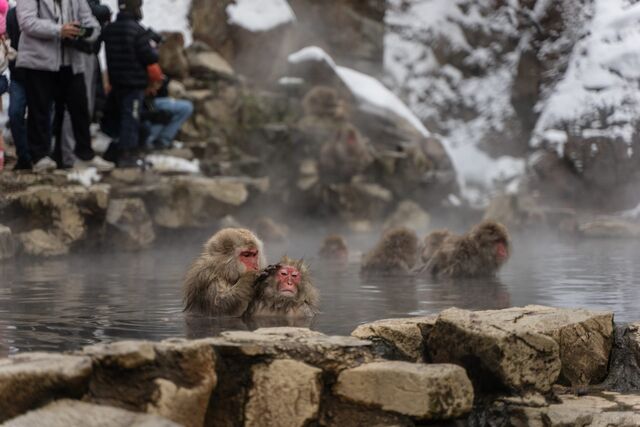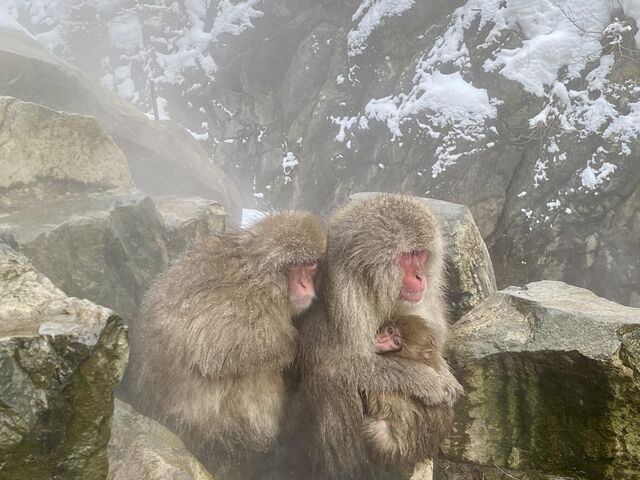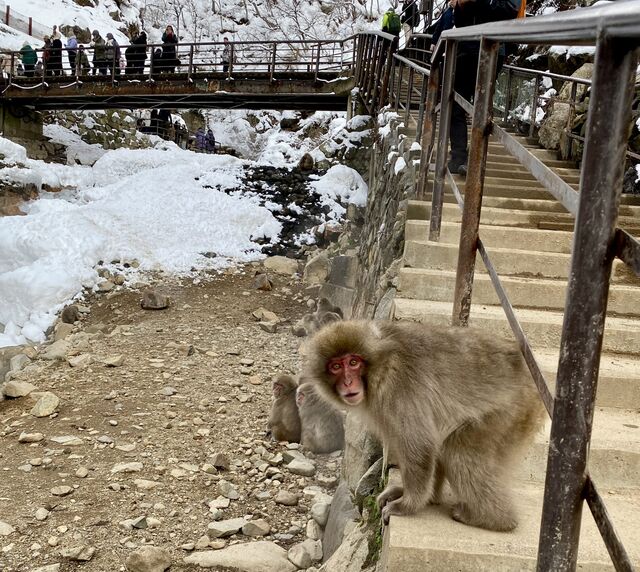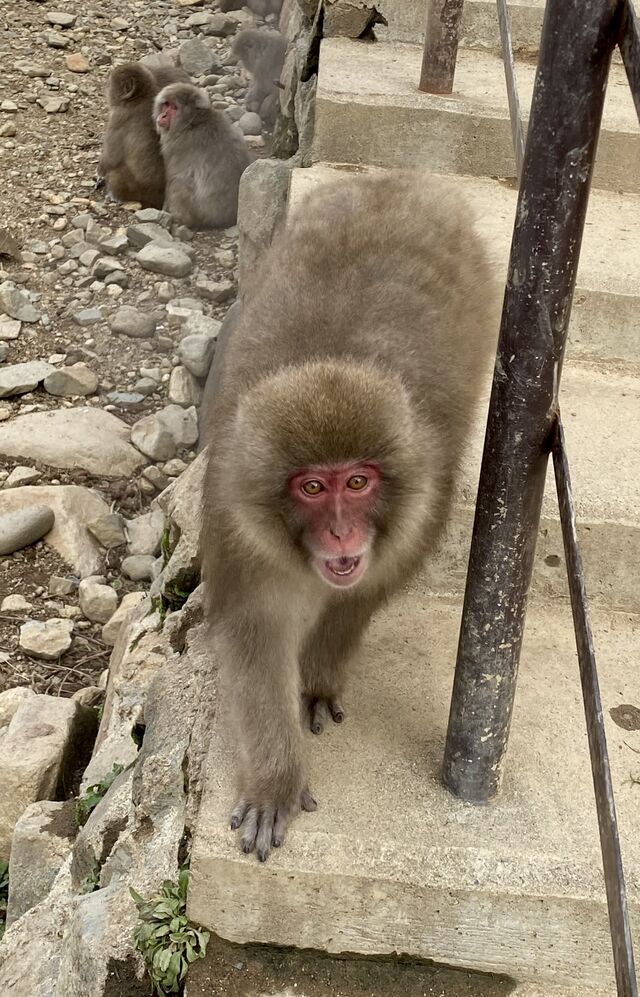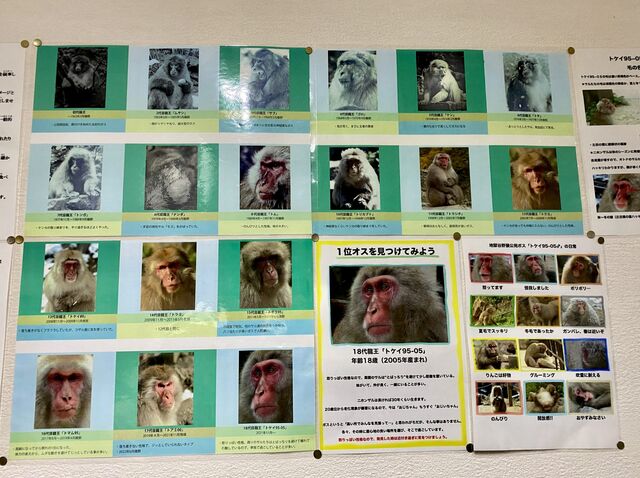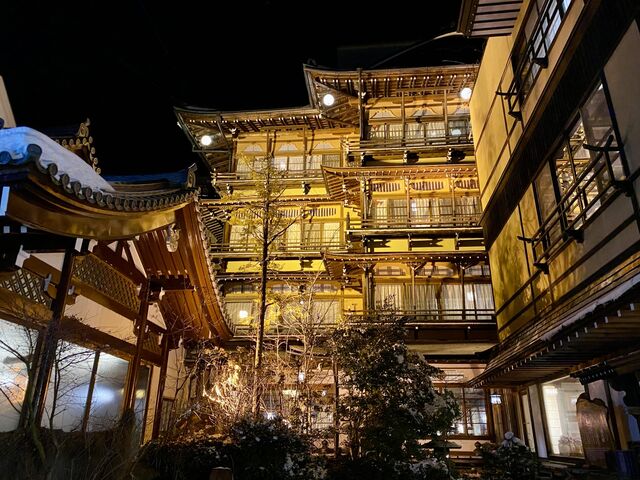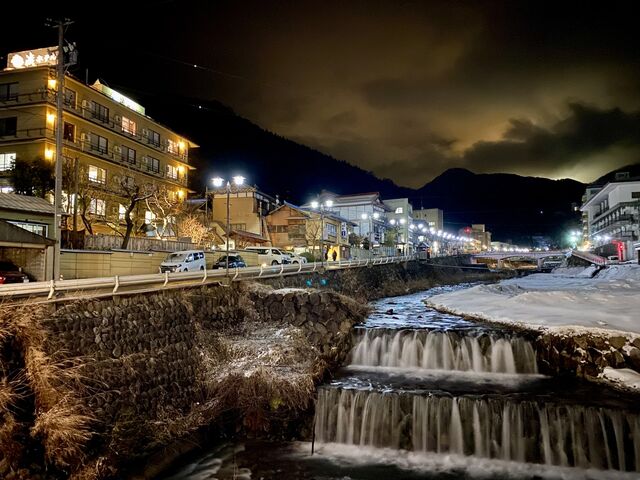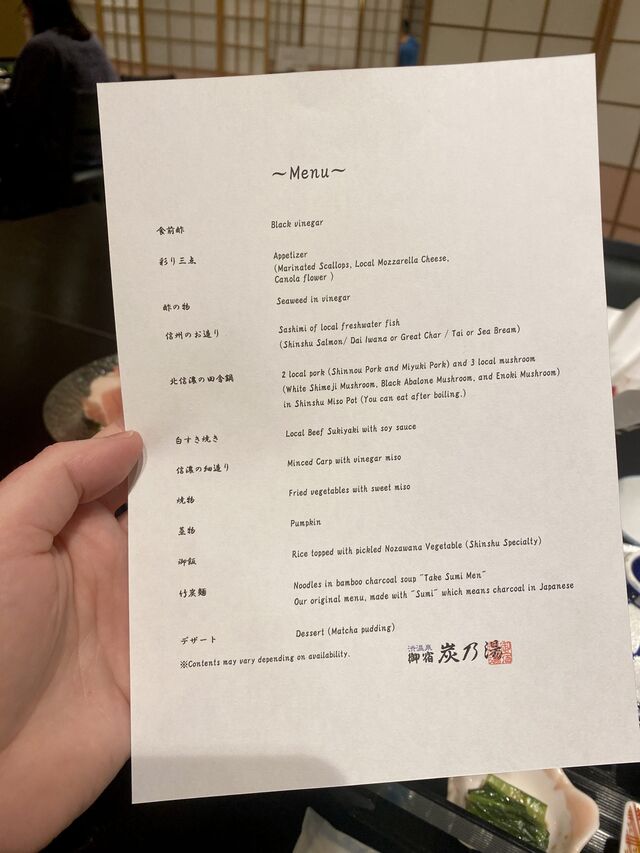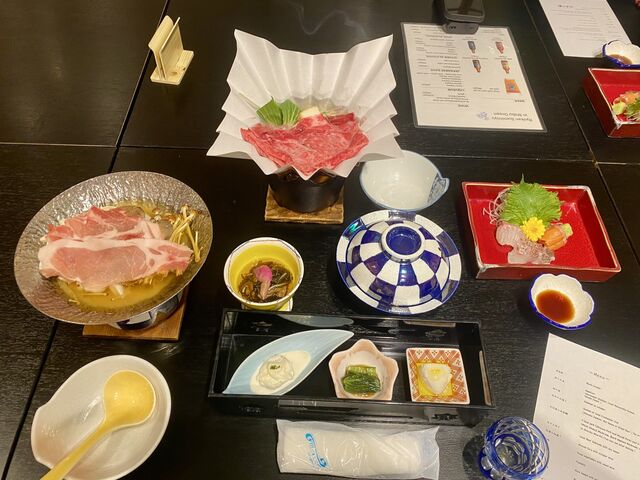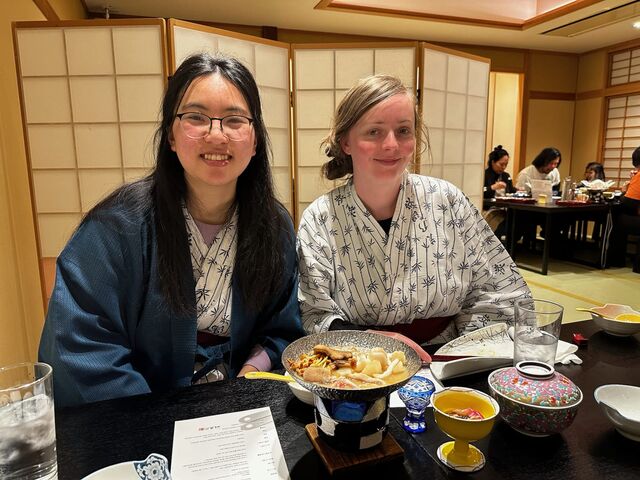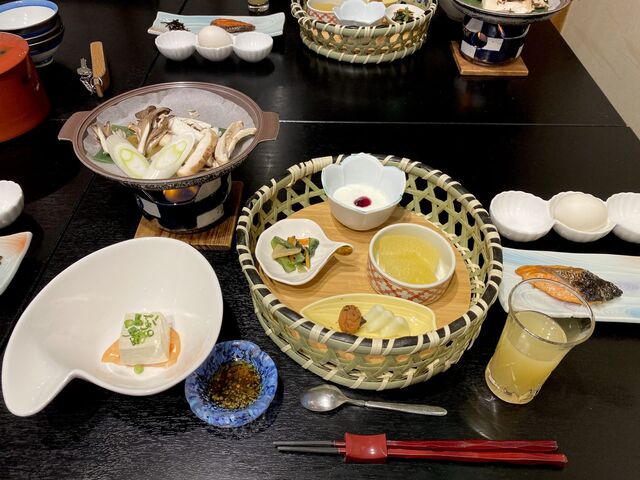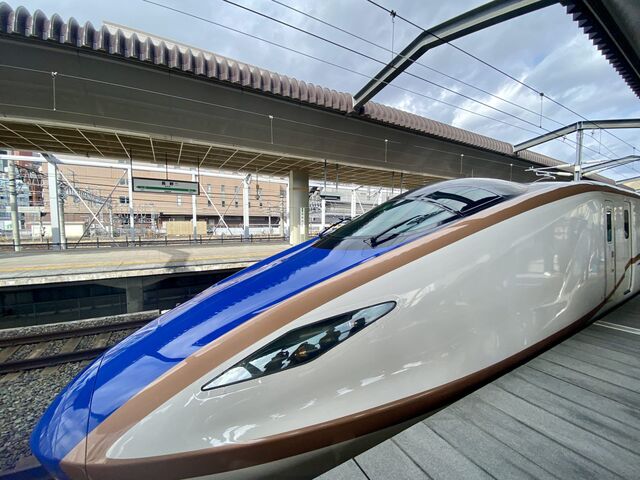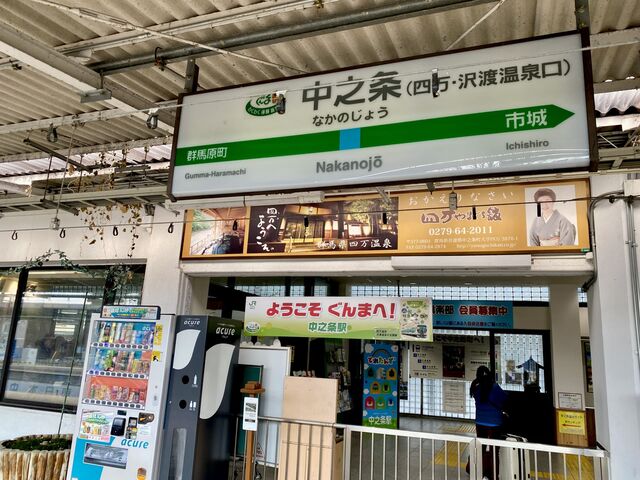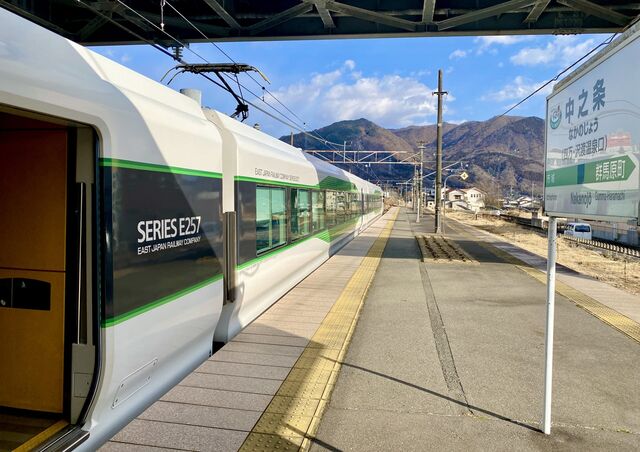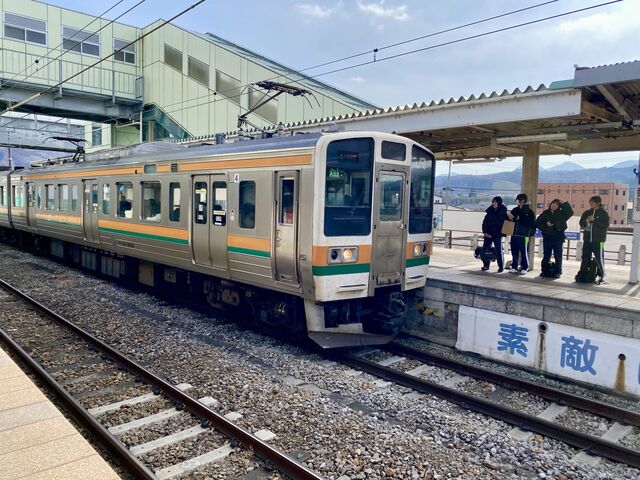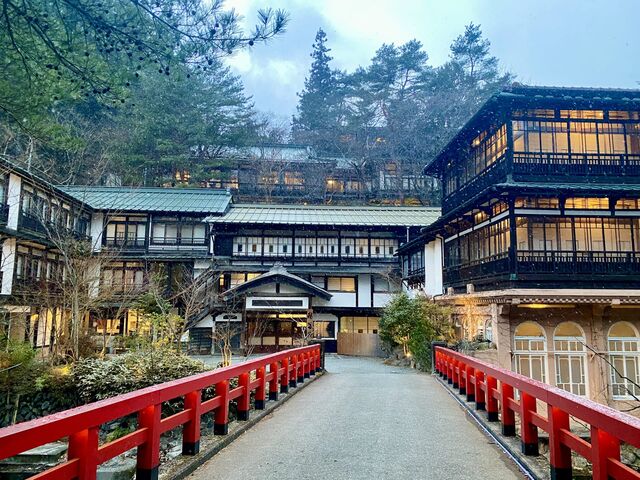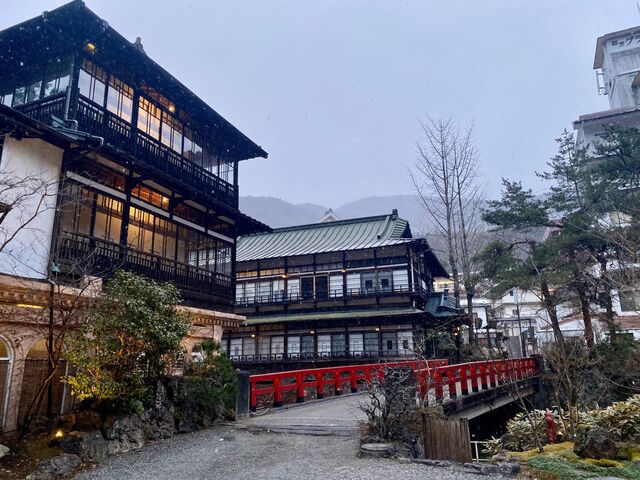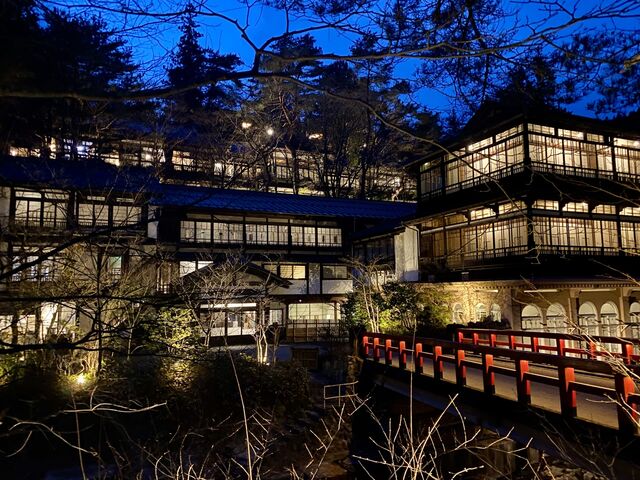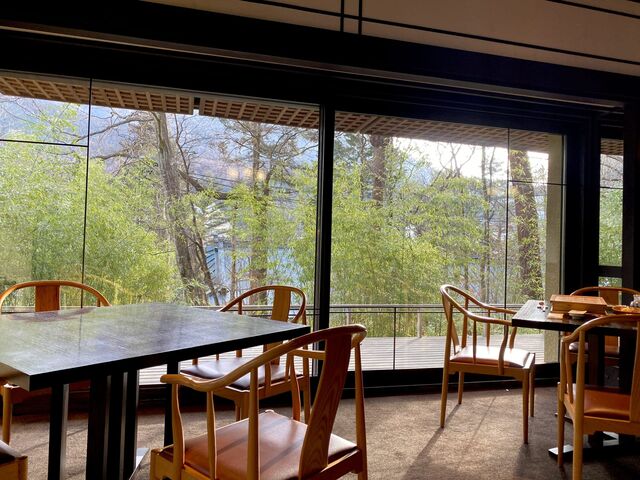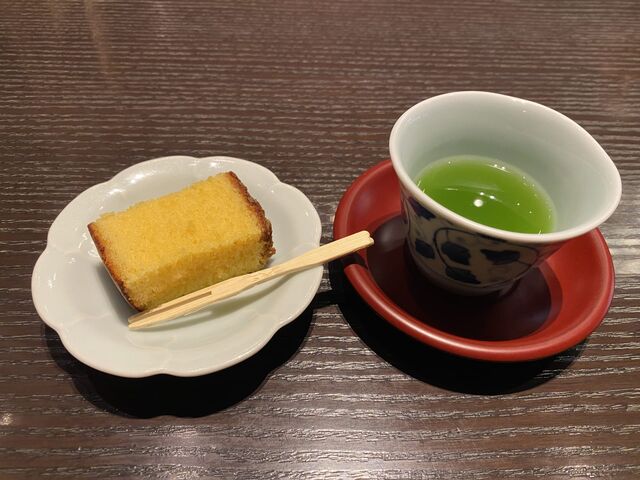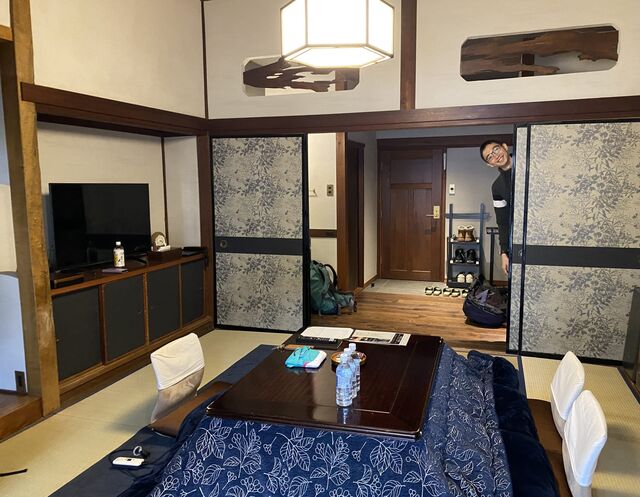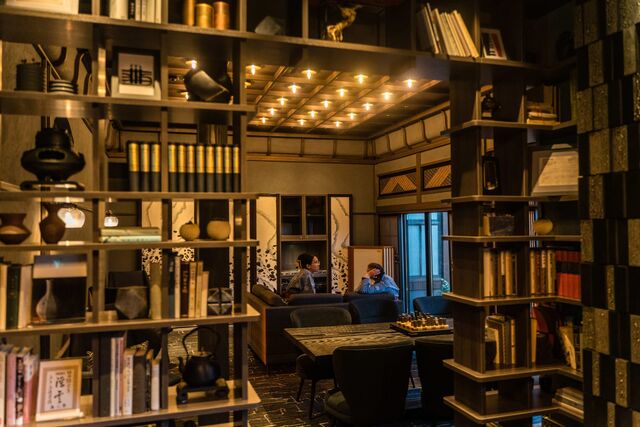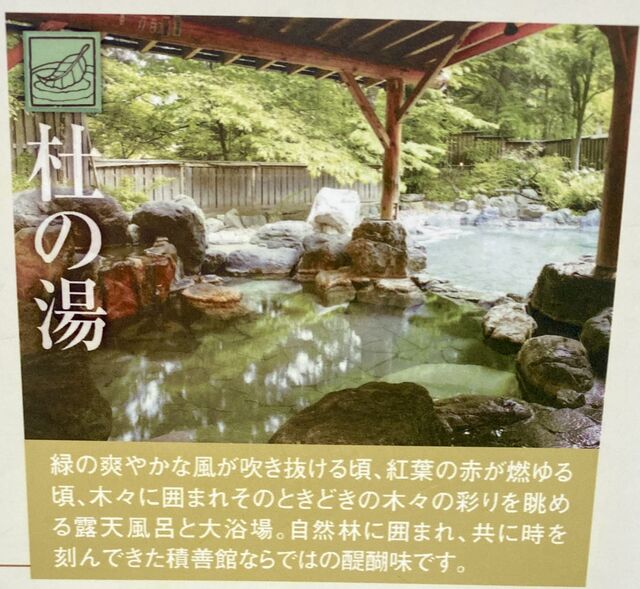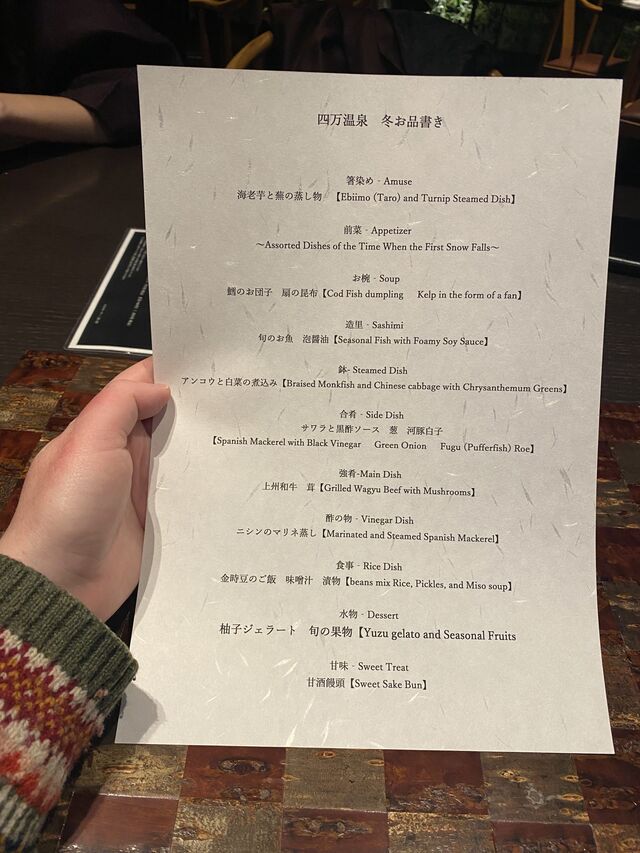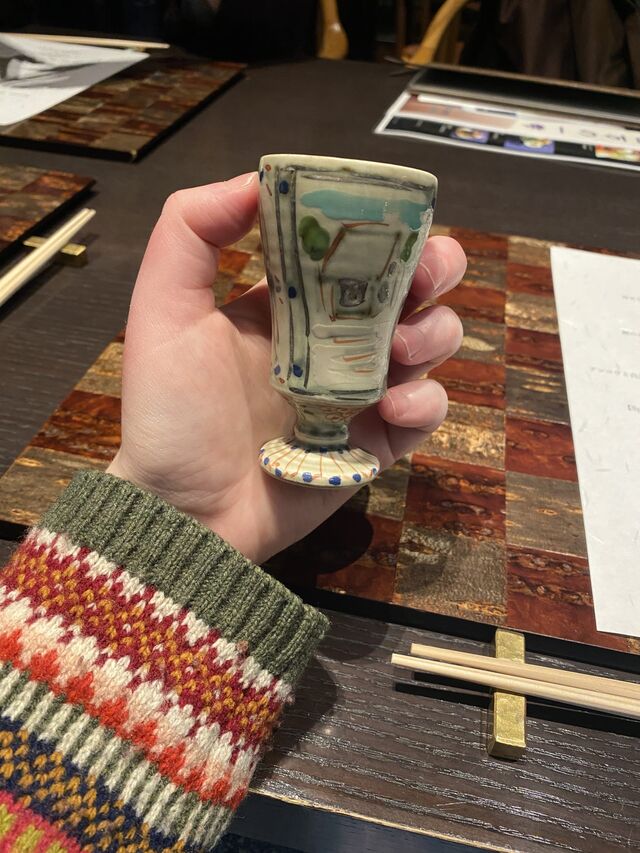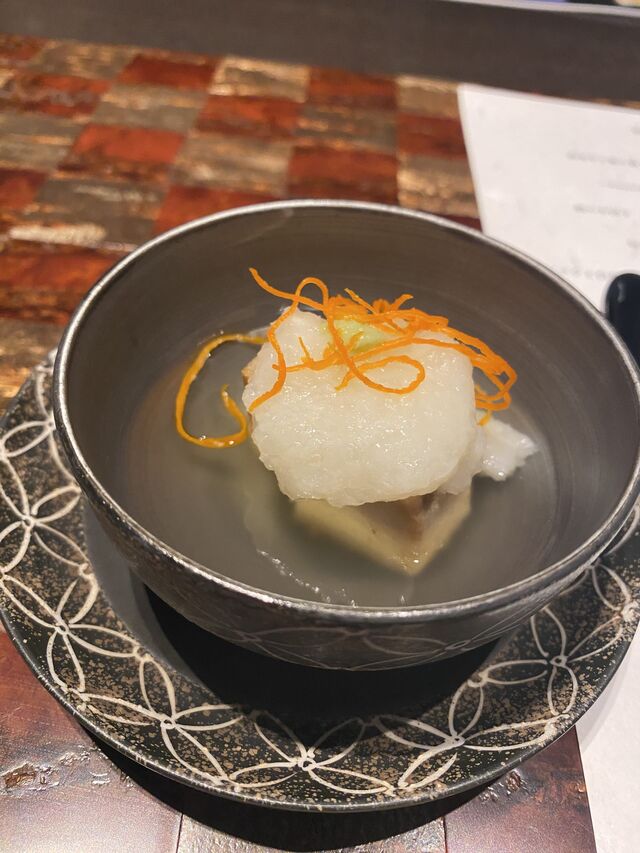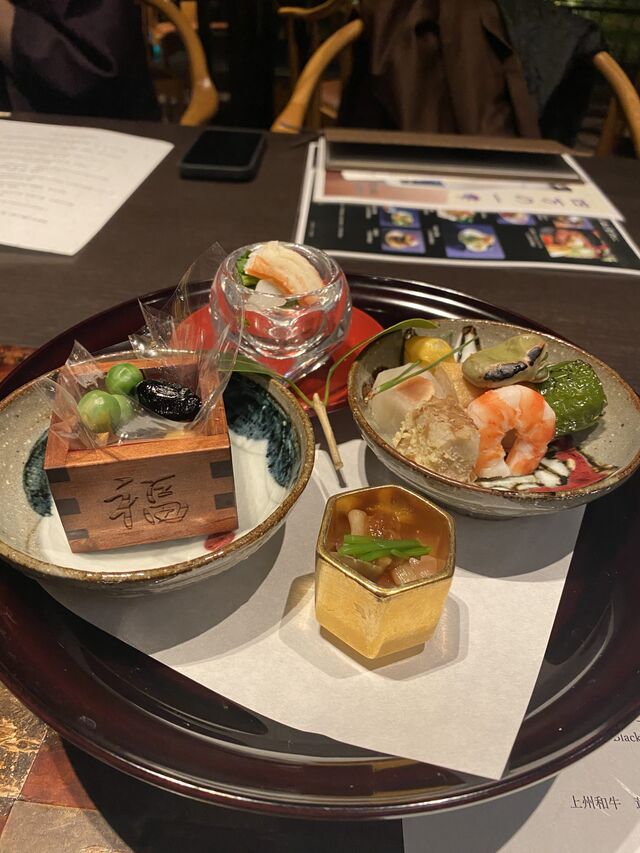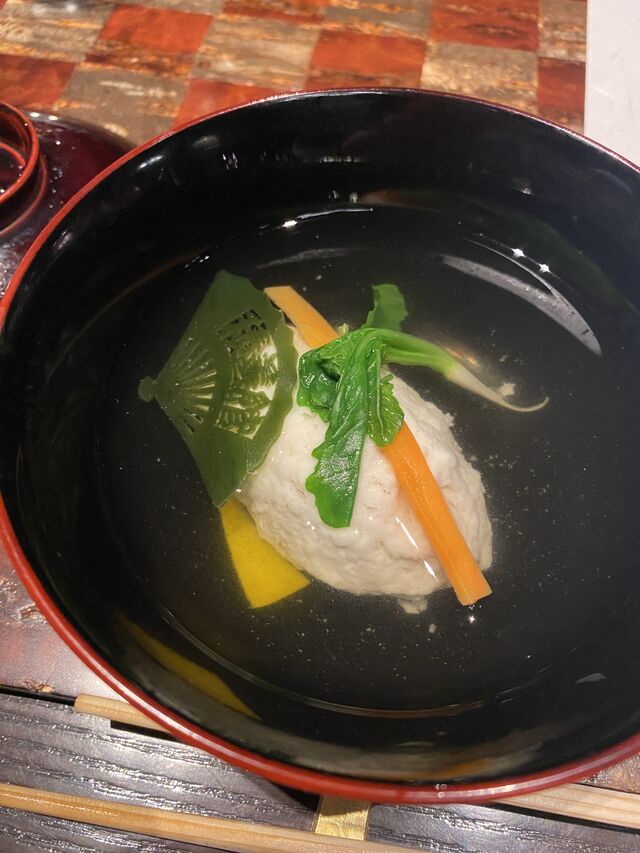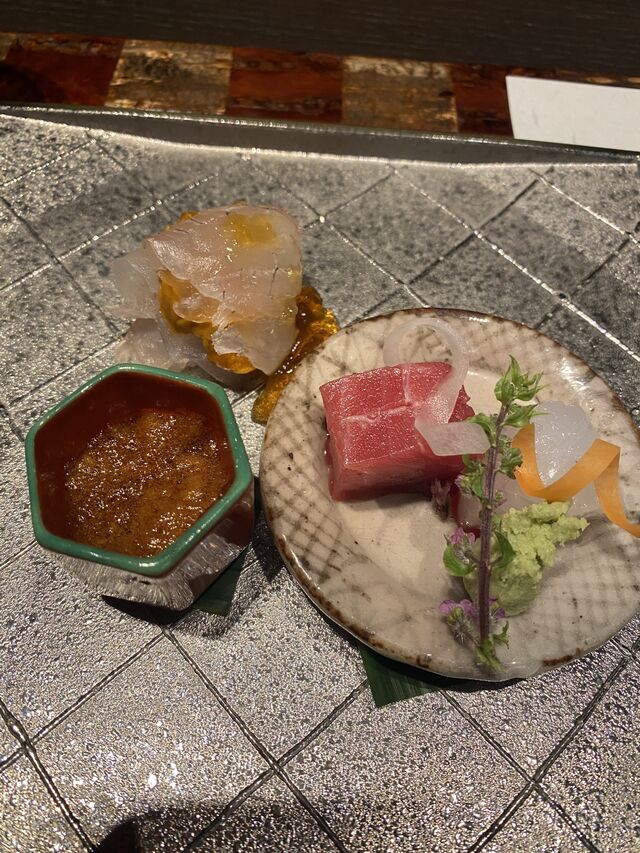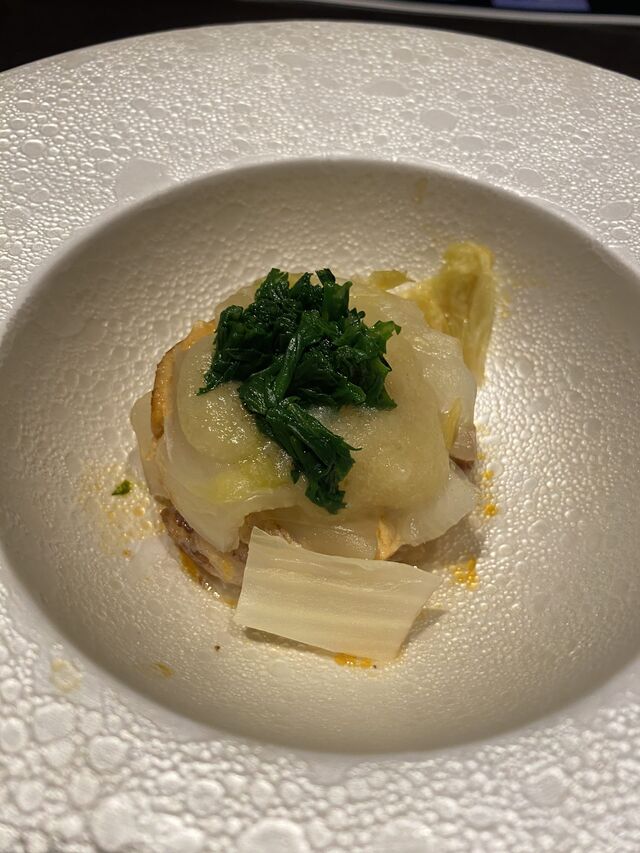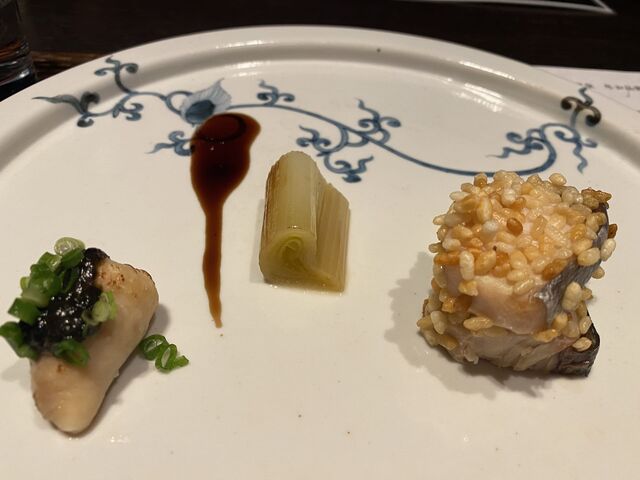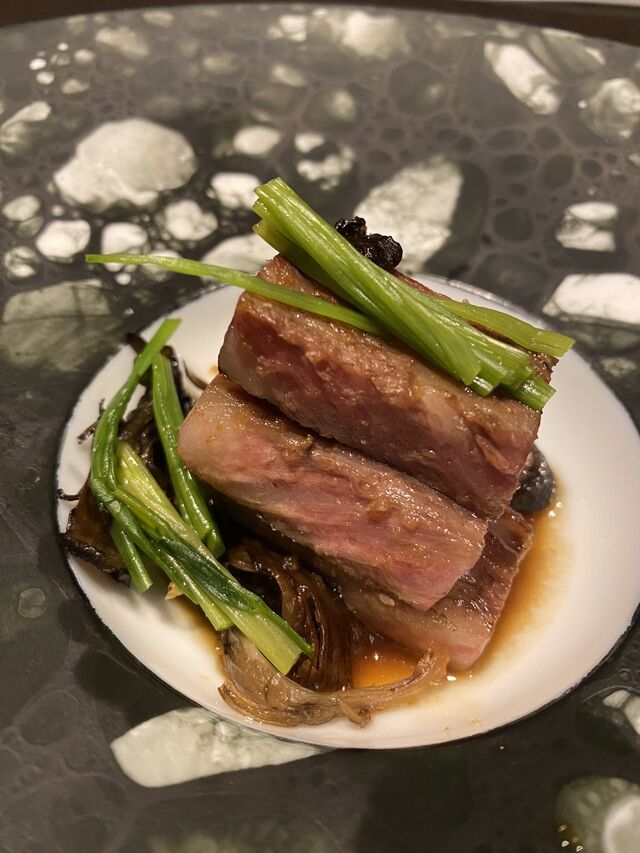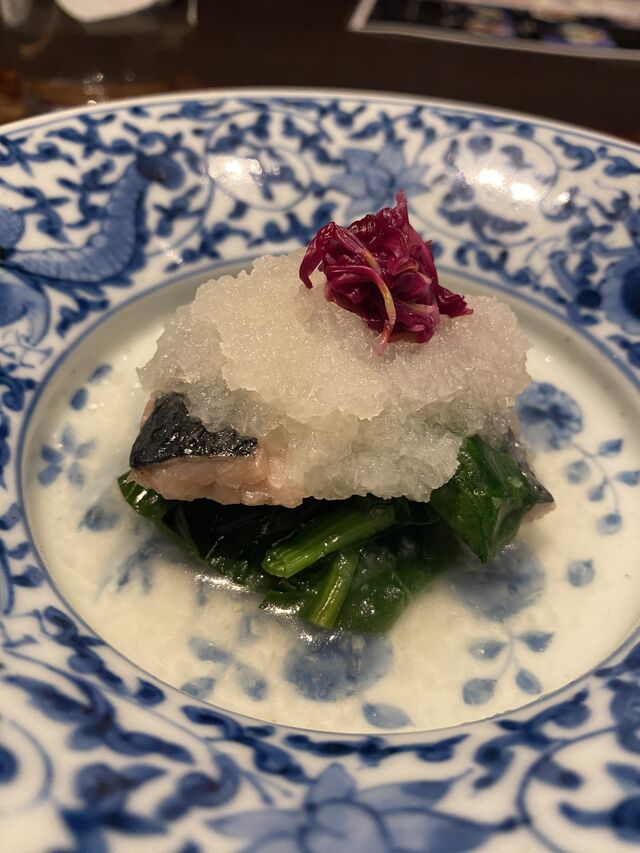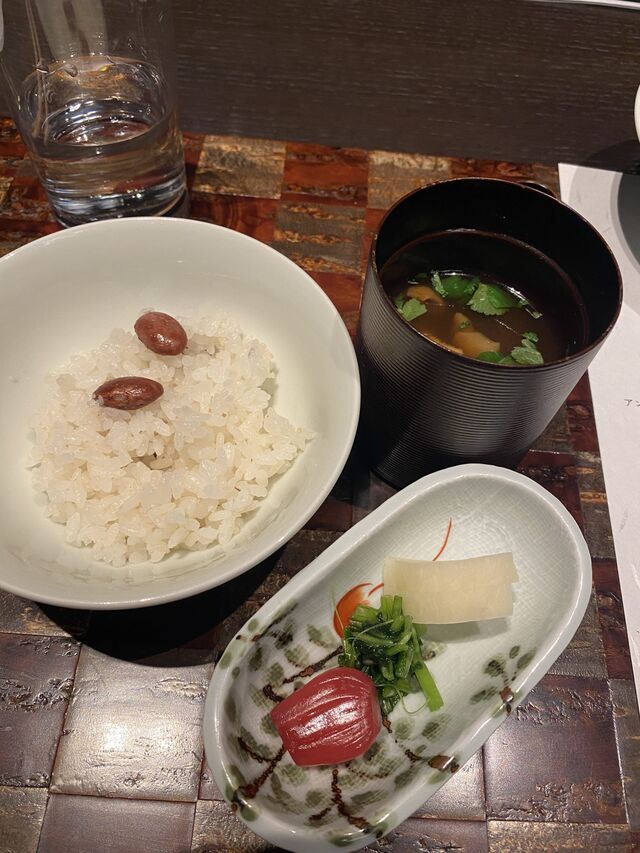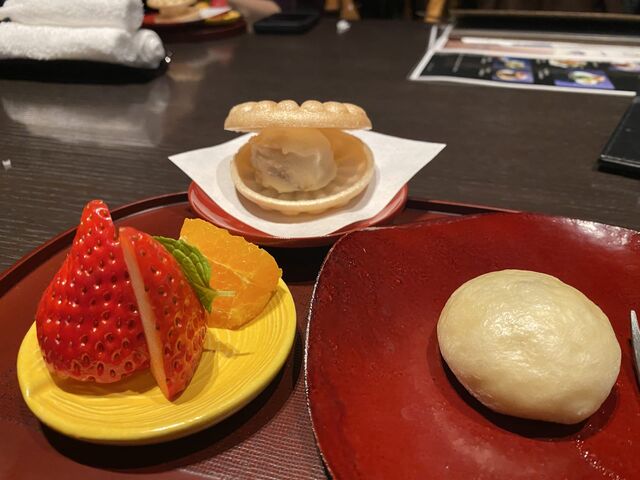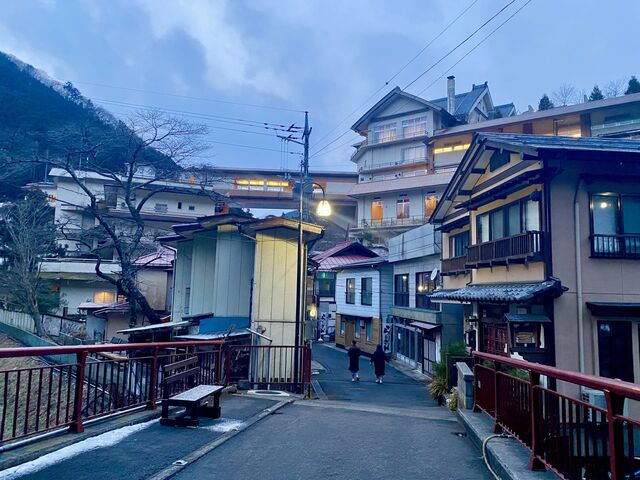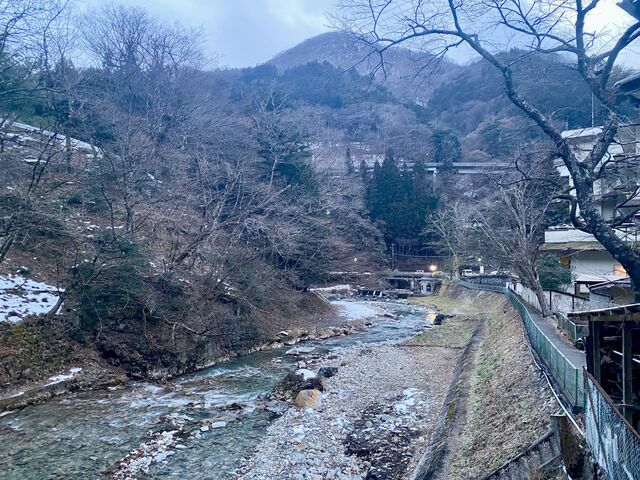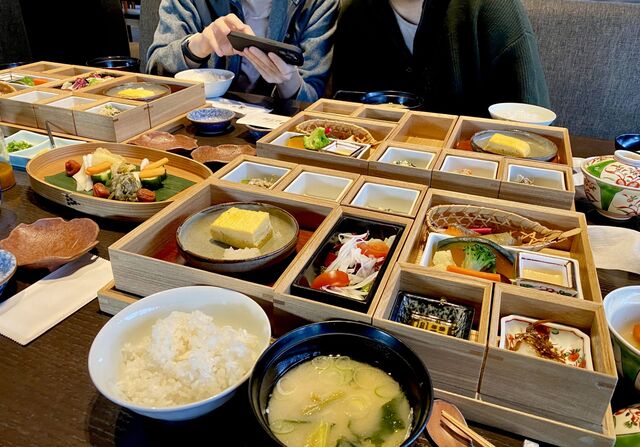The day after our journey on the Ōigawa Railway to the spectacular Okuōikojō Station, we continued our railway adventure, this time heading northeast to Nagano. En route, we explored two well-preserved post towns, watched Japanese snow monkeys bathe in hot springs, and unwound in historic onsen towns nestled deep within the mountains.
Nagoya to Nakatsugawa
We first travelled from Nagoya to Nakatsugawa on the JR Chūō Line, a journey of about 1 hour and 15 minutes.
My guidebook was not particularly kind to Nakatsugawa, dismissing its concrete buildings and factory smokestacks as ’the realities of post-Edo life’ and ‘an unpleasant warning that you are less than an hour from Nagoya’.1 We alighted at Nakatsugawa Station and transferred to a bus for a 25 minute ride to the town of Magome.
Magome
Magome is a former post town which once served travellers on the Nakasendō (‘middle mountain way’)—one of the two great roads of the Edo period which connected Edo (now Tokyo) with Kyoto. In the days before the railway, 69 post towns lined the Nakasendō. This was the inland mountainous route, preferred by many travellers to the Tökaidö, which skirted the coast and required many river crossings.2 The opening of the Chūō Line in 1911 rendered the post towns largely obsolete, as the old highway was abandoned in favour of the railway.3 Today, Magome provides a glimpse into life during the Edo period. Traditional buildings line a steep, cobblestone pedestrian road, with scenic views of the surrounding mountains.
After spending a couple of hours exploring Magome, my travel companions and I boarded a bus to Tsumago—another well-preserved post town along the historic Nakasendō route. The journey between the two towns took about 25 minutes by bus. Alternatively, when it’s not the middle of winter, it is possible to walk the trail between the two towns, just as the travelling merchants and pilgrims once did centuries ago.
Tsumago
Tsumago stood forgotten for many years following the opening of the Chūō Line. However, a renovation program that ran from 1968 resulted in the reconstruction of the old post town which had largely fallen into disrepair.4
As the snow began to fall, we warmed up with a local speciality: Nozawana Oyaki—a steamed vegetable bun filled with Nozawana leaves. Nozawana is a Japanese leaf vegetable with leaves that are harvested from October—December.
After our day exploring two historic Edo period towns, we returned to Nakatsugawa, via Nagiso Station.
Shibu Onsen
The following morning, we boarded the JR Shinano Limited Express from Nakatsugawa to Nagano—a journey of approximately 2 hours and 10 minutes. It was nice to enjoy a slightly longer train ride, having only travelled on relatively short stretches up until this point.
The line runs through the Kiso Valley, with Japan’s Central Alps located to the east and its Northern Alps to the west. En route, we passed the city of Shiojiri, which is well known for its wine. My guidebook informed me that Shiojiri Station is notable for being the only station in Japan with its own grapevine.5 The grapevine is located between two platforms but unfortunately I didn’t manage to spot it from our train. I did, however, see a handful of wine barrels located on one of the platforms (visible in the first image below).
We had a short amount of time in the city of Nagano before boarding our next train. Nagano is known as ’the roof of Japan’ due to its location at the junction of Japan’s Central, Northern, and Southern Alps.6
From Nagano Station, we travelled on the Nagano Electric Railway (Yukemuri Express) to Yudanaka Station—a journey of approximately 45 minutes. This train has a distinctive front carriage, with the driver climbing into the ceiling and operating the train from above the passengers.
We alighted at Yudanaka Station which is located in the town of Yamanochi. Apparently, there were once plans to extend the railway a further 2 kilometres to Shibu Onsen (where we would be staying), but unfortunately this extension never eventuated.
Shibu Onsen is a historic hot spring town, located alongside the Yokoyu River. The ryokan (traditional Japanese inns) and outdoor baths which line the streets date back many centuries. The town contains nine public bath houses which are accessible to locals and overnight guests who receive a key from their ryokan. Each bath house is said to aid in healing a different physical ailment, such as the one pictured in the first image below which is apparently good for eye diseases. There are stamps that can be collected from outside each bath house.
It is apparently not unusual for monkeys from the nearby forests to descend into the town in search of food. We saw many of these monkeys roaming the streets and climbing on the roofs of houses.
After walking around Shibu Onsen and dropping our luggage at our accommodation, we boarded a bus to the nearby Jigokudani Monkey Park.
Japanese Snow Monkeys
It took 6 minutes to travel from Shibu Onsen to Jigokudani Monkey Park where snow monkeys (Japanese macaque) soak in outdoor hot springs. ‘Jigokudani’ means ‘Hells Valley’ due to the steam that comes from the crevices in the frozen ground. During the winter, the snow monkeys and hot springs are only accessible from the bus station via a 30 minute hike through the snowy forest.
The snow monkeys are native to Japan and are the only monkeys in the world that bathe in hot springs. Legend has it that this tradition began when an apple was tossed into the steaming waters, and a curious young monkey leapt in to retrieve it. The monkey discovered the bliss of soaking in the warm waters and before long, other monkeys had followed suit.7 We enjoyed watching the monkeys relaxing in the water, grooming one other, and balancing their way across tightropes.
A traumatic event unfolded as I raised my phone to capture a picture of one of the monkeys which had made its way out of the hot spring waters and was now strutting along the path. The creature halted mid-step and locked eyes with me, before the cheekiest grin I have ever seen spread across its face. Then, without warning, the monkey lunged at me and I have never felt such fear in my life. Upon provoking the reaction it had desired, the monkey threw back its head and unleashed a long, mocking laugh.
The visitor centre at Jigokudani Monkey Park contains a poster which has information about each of the monkeys, including their name, age, and main personality traits.
After our time at Jigokudani Monkey Park, we returned to Shibu Onsen and checked into our accomodation at Suminoyu Ryokan. Our stay included breakfast and dinner, as well as onsen access. In addition to the nine public bath houses in Shibu Onsen, our ryokan also had five of its own baths.
Dinner was a lovely twelve-course affair, with sashimi, seasonal mushrooms, fresh vegetables, and soup.
The following day, we enjoyed a traditional Japanese breakfast, before making the return journey from Yudanaka Station to Nagano Station.
At Nagano Station, we boarded the Hokuriku Shinkansen which was bound for Tokyo. The train was packed to capacity and we had to squeeze on and stand for our 40 minute journey to Takasaki, where we had planned to alight. Reserving seats in advance for this journey would be advisable.
Takasaki is famous for the Daruma doll: a round Japanese doll which resembles Bodhidharma, the founder of Zen Buddhism. The dolls are good luck charms in Japan, with purchasers making a wish and painting one of the eyes at the time of purchase. The doll’s other eye is only painted if the wish comes true.8 There is apparently a rush on the order of Daruma dolls from hopeful candidates during election periods in Japan.9
From Takasaki, we transferred to the Kusatsu Shima Limited Express, which took us to Nakanojō Station (a journey of approximately 40 minutes).
Shima Onsen
From Nakanojō Station, we travelled for another 40 minutes by bus to Shima Onsen, which is one of Japan’s oldest and most renowned hot spring towns. Our accommodation for the night was Sekizenkan Ryokan, which is famous for being the Spirited Away inn from the Studio Ghibli film. I have an aversion to all animated films, but my travel companions, Jif and Swishy, were thrilled to see it in person.
Upon checking in, we were warmly welcomed with a slice of cake and steaming cup of green tea.
I would probably have to rate Sekizenkan Ryokan as the best accomodation I have ever stayed in. The ryokan looked stunning when lit up at night, and I have never felt more relaxed as we spent the afternoon and evening lounging around in our yukata (bathrobes). The ryokan featured a beautiful outdoor hot spring, and to my delight, it began snowing while I was soaking in the warm waters. I was obviously unable to take a picture of the onsen itself since guests were bathing, but the image below, taken from the ryokan’s advertisement, gives some idea of its beauty. The ryokan also had a spacious guest lounge, stocked with various ice creams and other snacks, where we spent the evening playing games.
The highlight of our time at Sekizenkan Ryokan, however, was undoubtedly our eleven-course dinner. I loved the poetically named second-course: ‘assorted dishes of the time when the first snow falls’. It was the seventh-course, however—the grilled wagyu beef with mushrooms—which was the most delicious thing I have ever eaten in my life.
While I loved our time at Sekizenkan Ryokan, I can’t speak that highly of Shima Onsen itself, which felt underwhelming compared to Shibu Onsen, which we had visited the day before.
The following morning, we enjoyed breakfast at Sekizenkan Ryokan, before making our way back to Nakanojō Station and boarding a train to our next stop: the mountainous hot spring resort town of Minakami.
